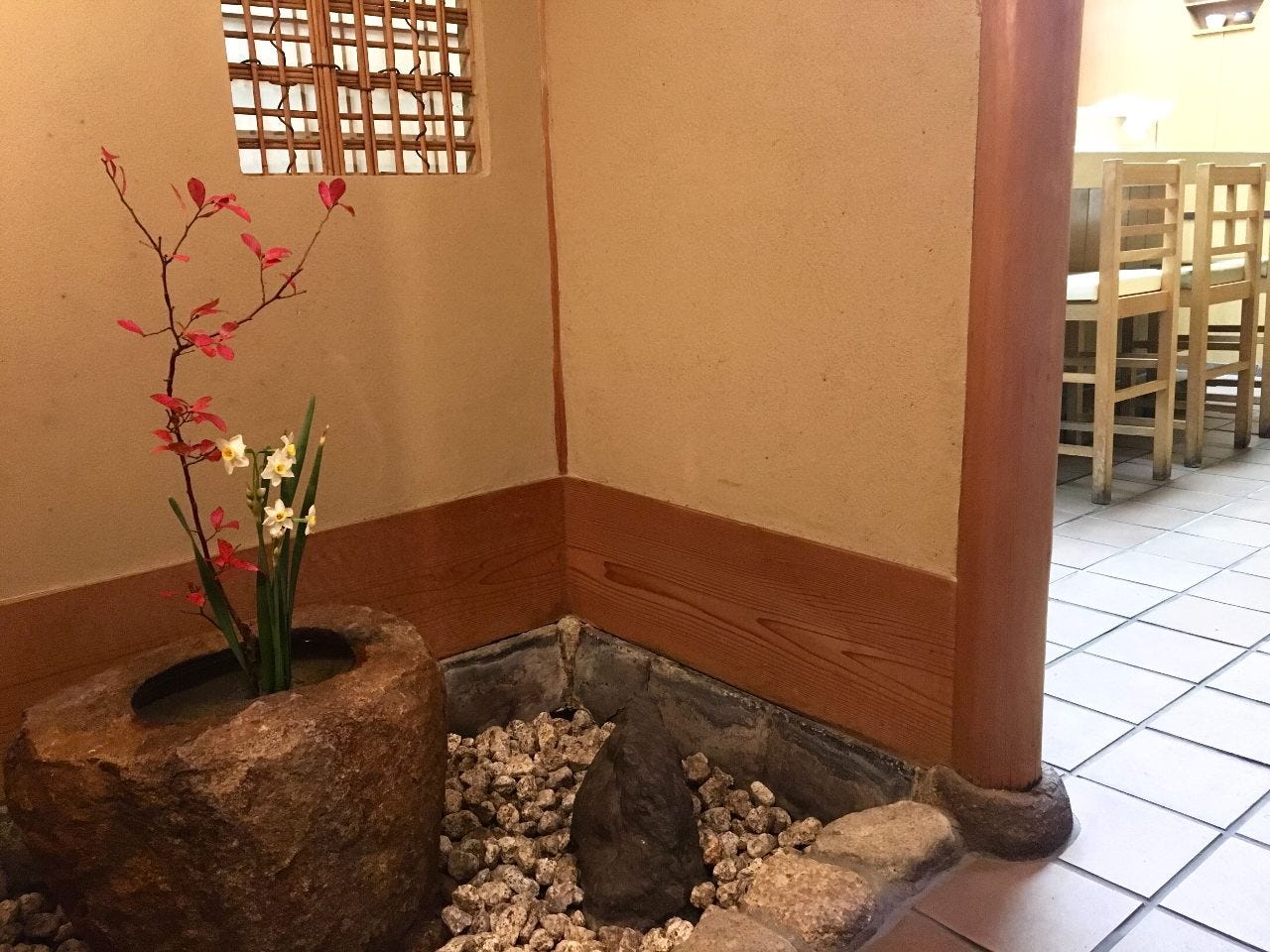Recommended sushi restaurants in Kyoto, Japan
-

Sushi Kappo Nakaichi
Sushi restaurant in Kyoto [SUSHILIVE comment] -


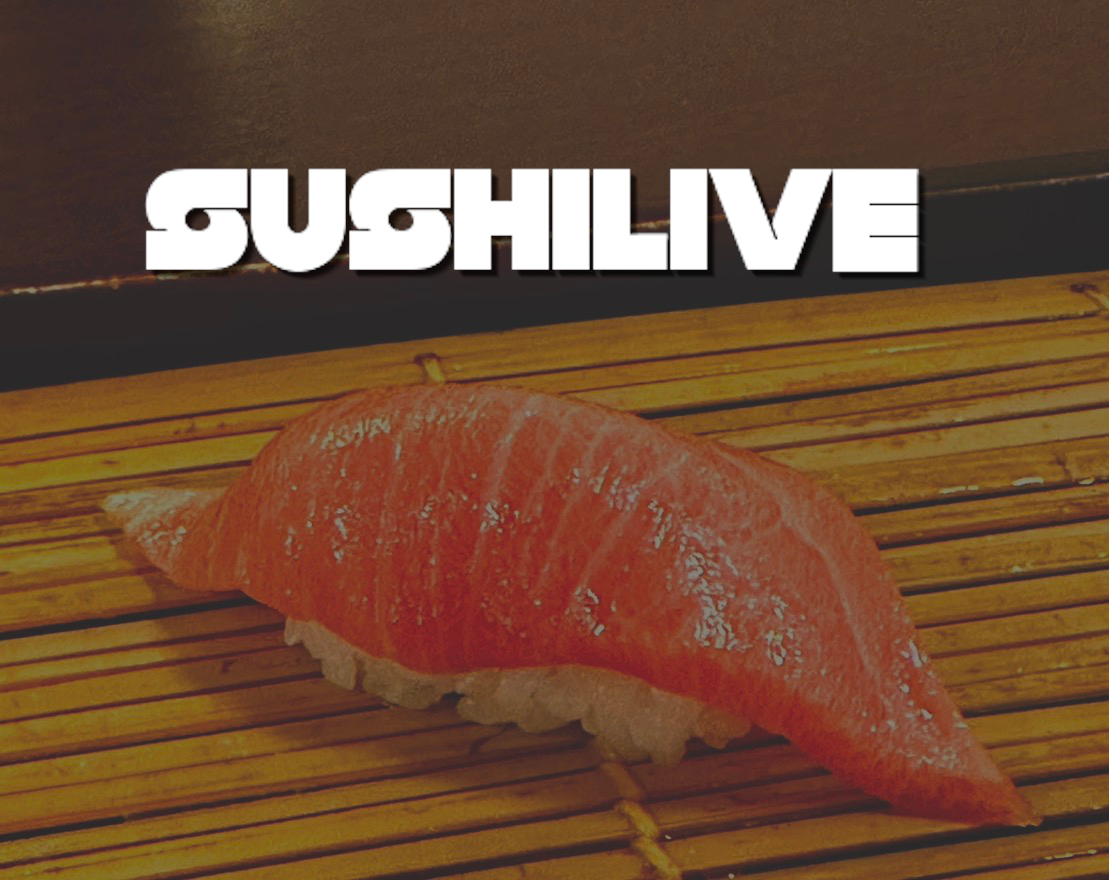
Sushi Matsumoto
Sushi restaurant in Kyoto [SUSHILIVE comment] -



Izugen
Sushi restaurant in Kyoto [SUSHILIVE comment] -


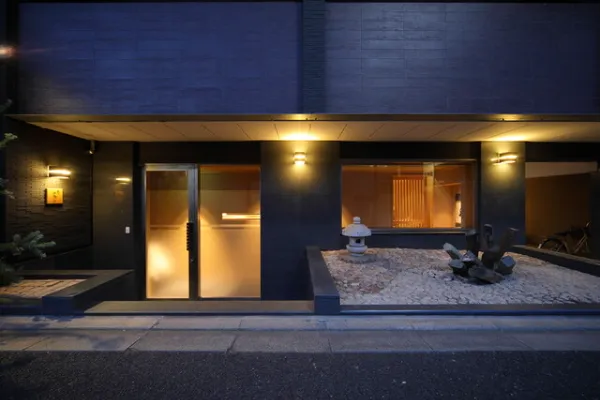
Sushi Hayashi
Sushi restaurant in Kyoto [SUSHILIVE comment] -


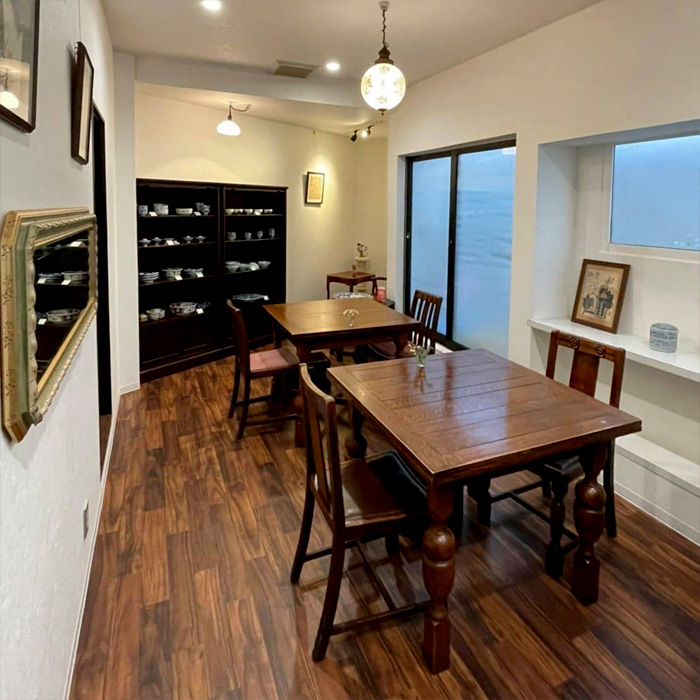
KASHIWAI
Sushi restaurant in Kyoto [SUSHILIVE comment] -



Izuu
Sushi restaurant in Kyoto [SUSHILIVE comment] -



Sushizen
Sushi restaurant in Kyoto [SUSHILIVE comment] -


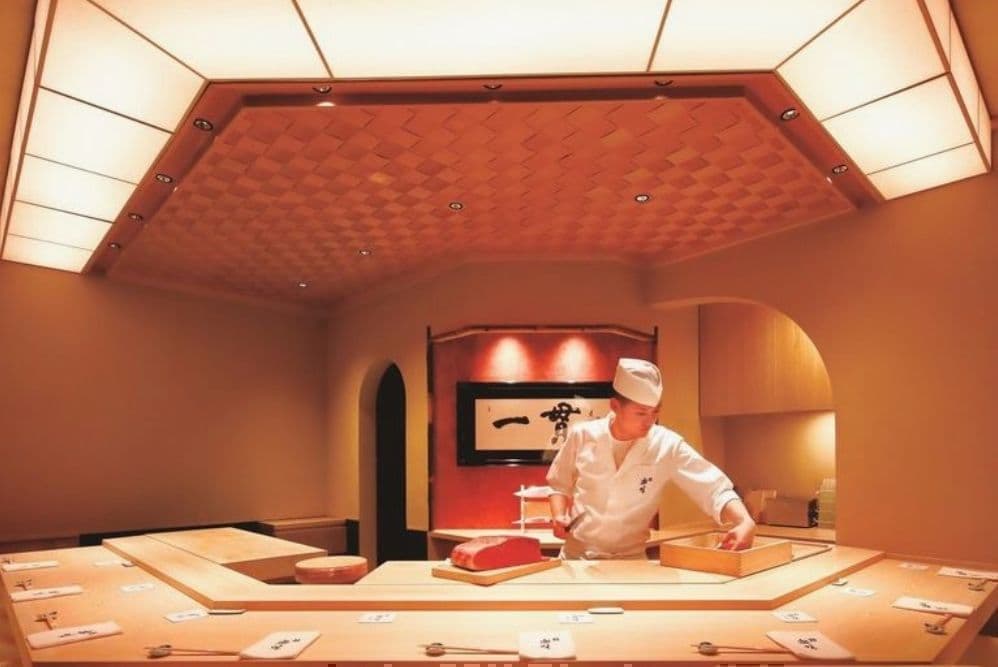
Sushi Rakumi
Sushi restaurant in Kyoto [SUSHILIVE comment] -


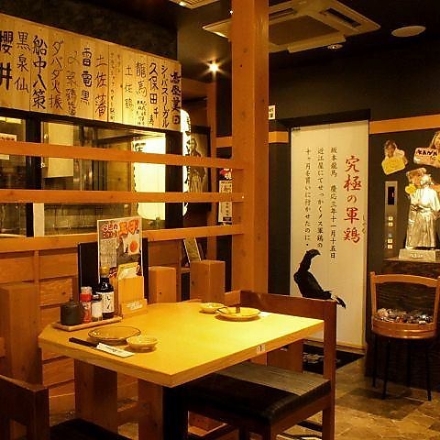
Ryoma Gundori Farm Kyoto Ekimae Branch
Sushi restaurant in Kyoto [SUSHILIVE comment] -


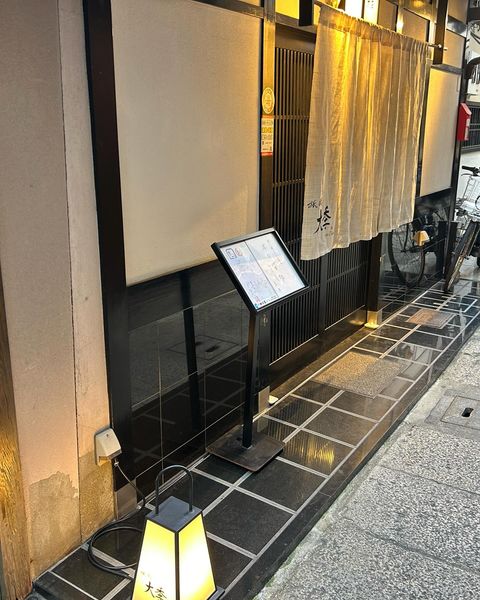
Gion Daikichi
Sushi restaurant in Kyoto [SUSHILIVE comment] -


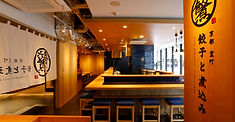
Gyoza and Stewed Fish Restaurant Sushi Shin
Sushi restaurant in Kyoto [SUSHILIVE comment] -



eight朔
Sushi restaurant in Kyoto [SUSHILIVE comment] -


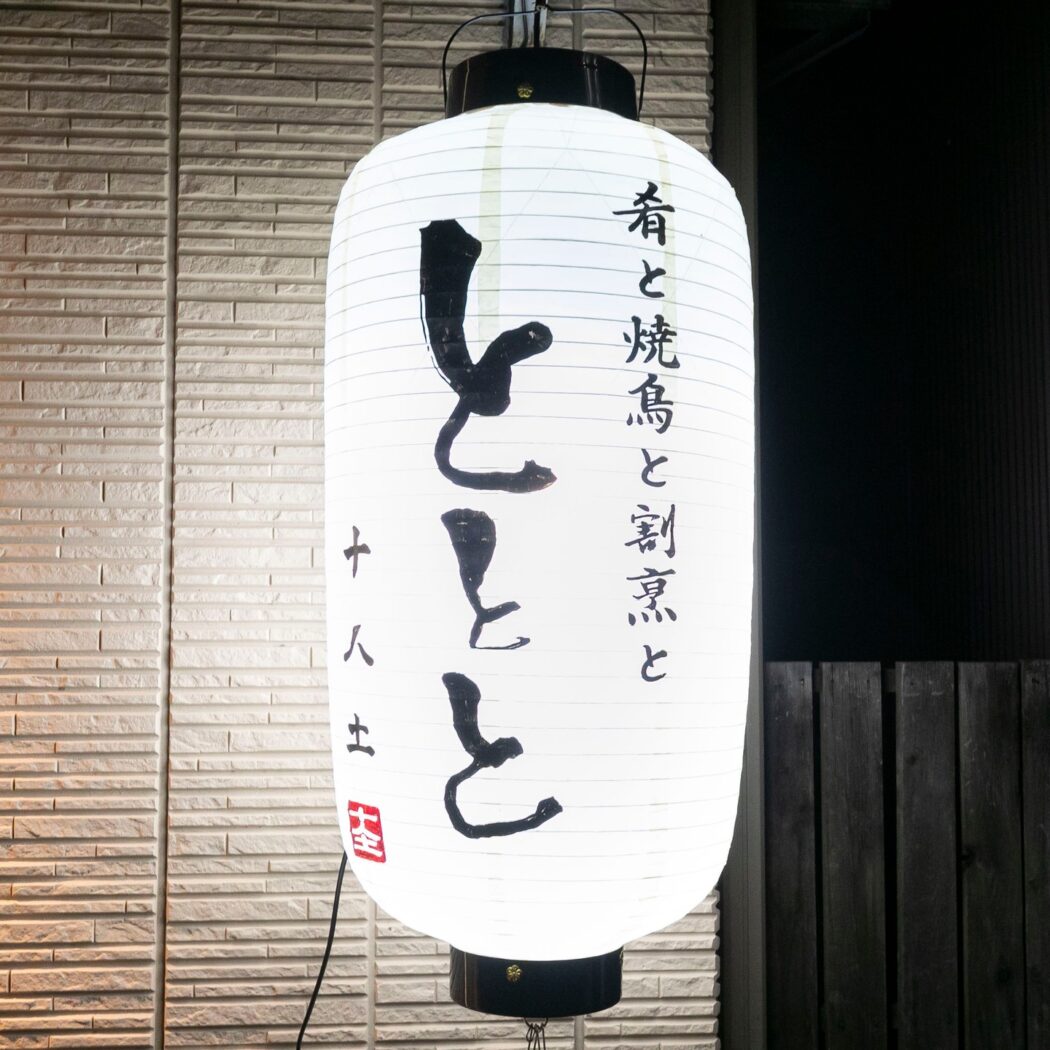
Snacks, Yakitori, Kappo, and Toto
Sushi restaurant in Kyoto [SUSHILIVE comment] -


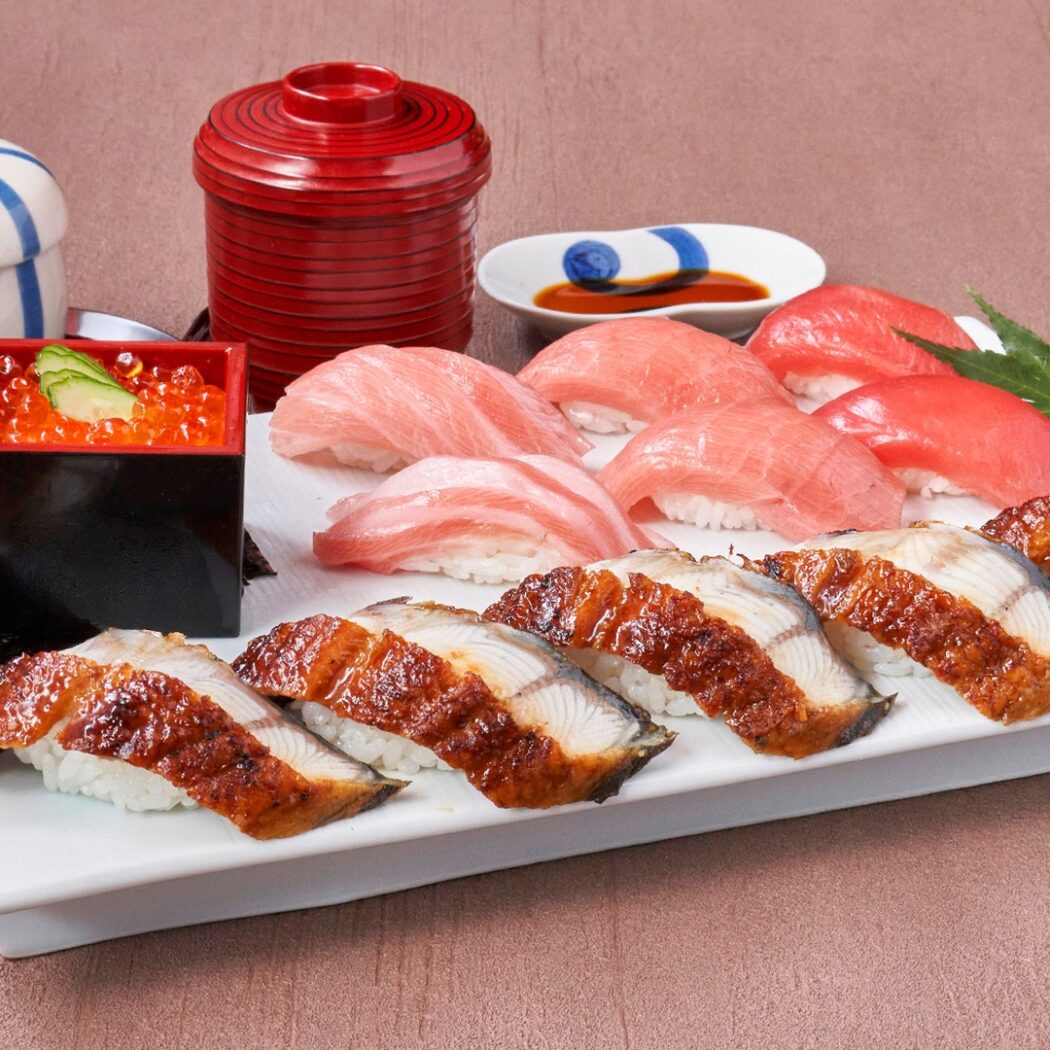
Ganko Kyoto Station Building
Sushi restaurant in Kyoto [SUSHILIVE comment] -


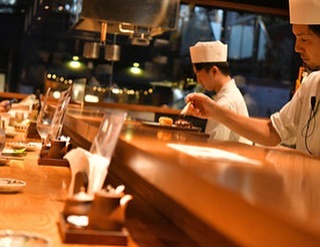
Sushi Restaurant Susabi-yu
Sushi restaurant in Kyoto [SUSHILIVE comment] -


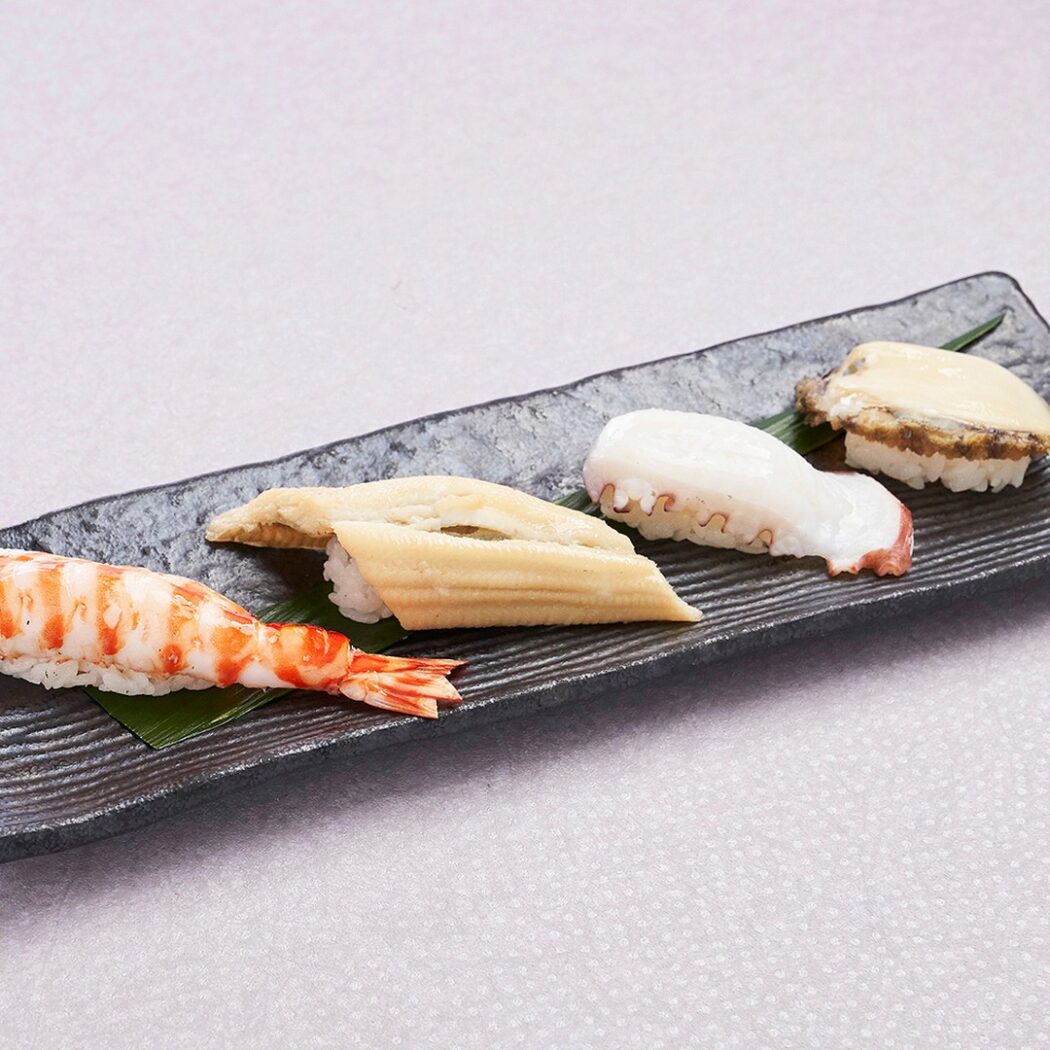
Ganko Sanjo Main Store
Sushi restaurant in Kyoto [SUSHILIVE comment] -


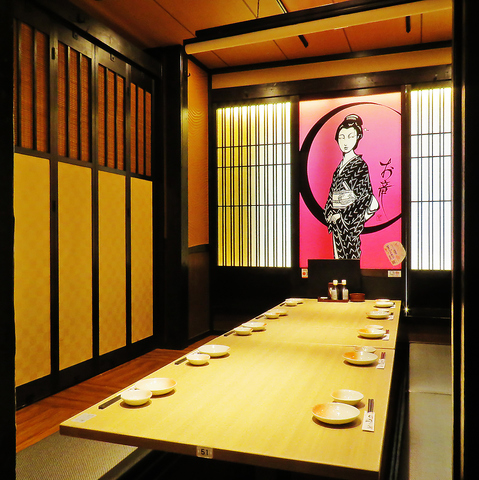
Ikedaya Hana-no-Mai
Sushi restaurant in Kyoto [SUSHILIVE comment] -


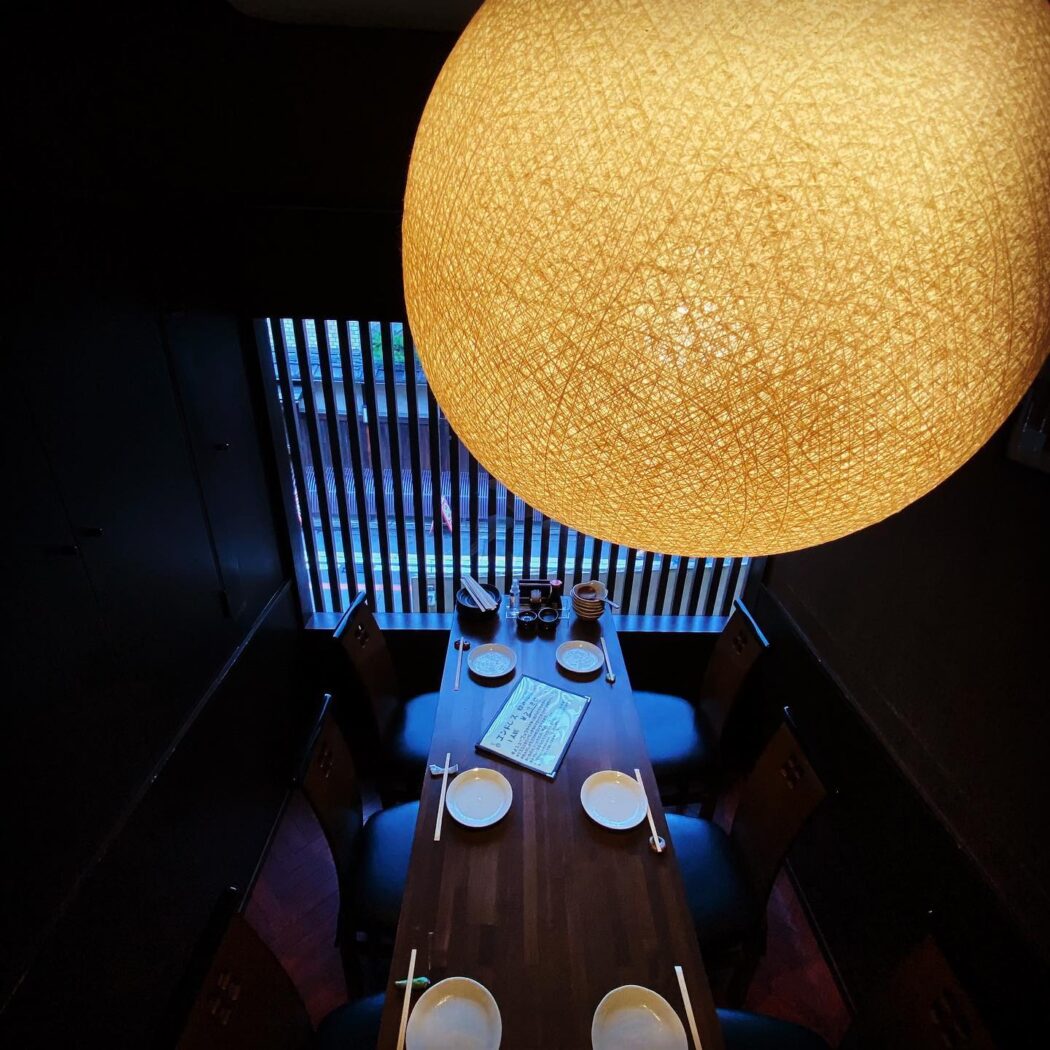
Rakuza Seitenka
Sushi restaurant in Kyoto [SUSHILIVE comment] -


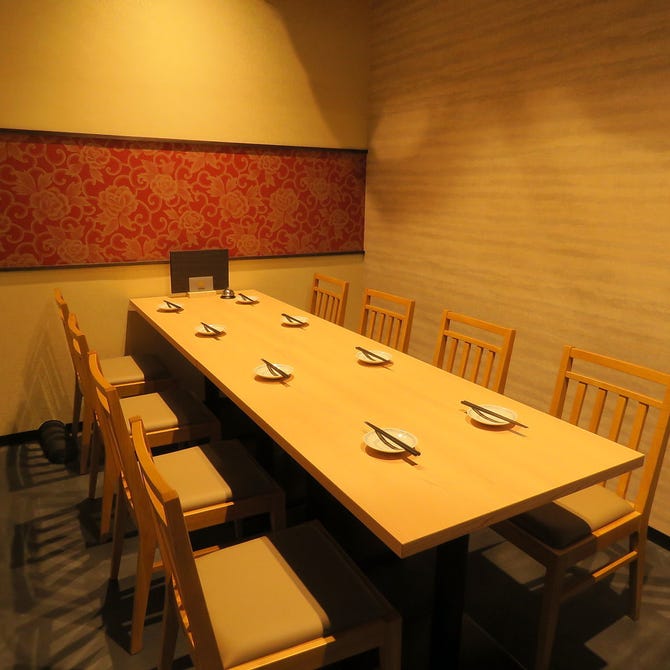
Kiyamachi Sake Bar Uomasu
Sushi restaurant in Kyoto [SUSHILIVE comment] -


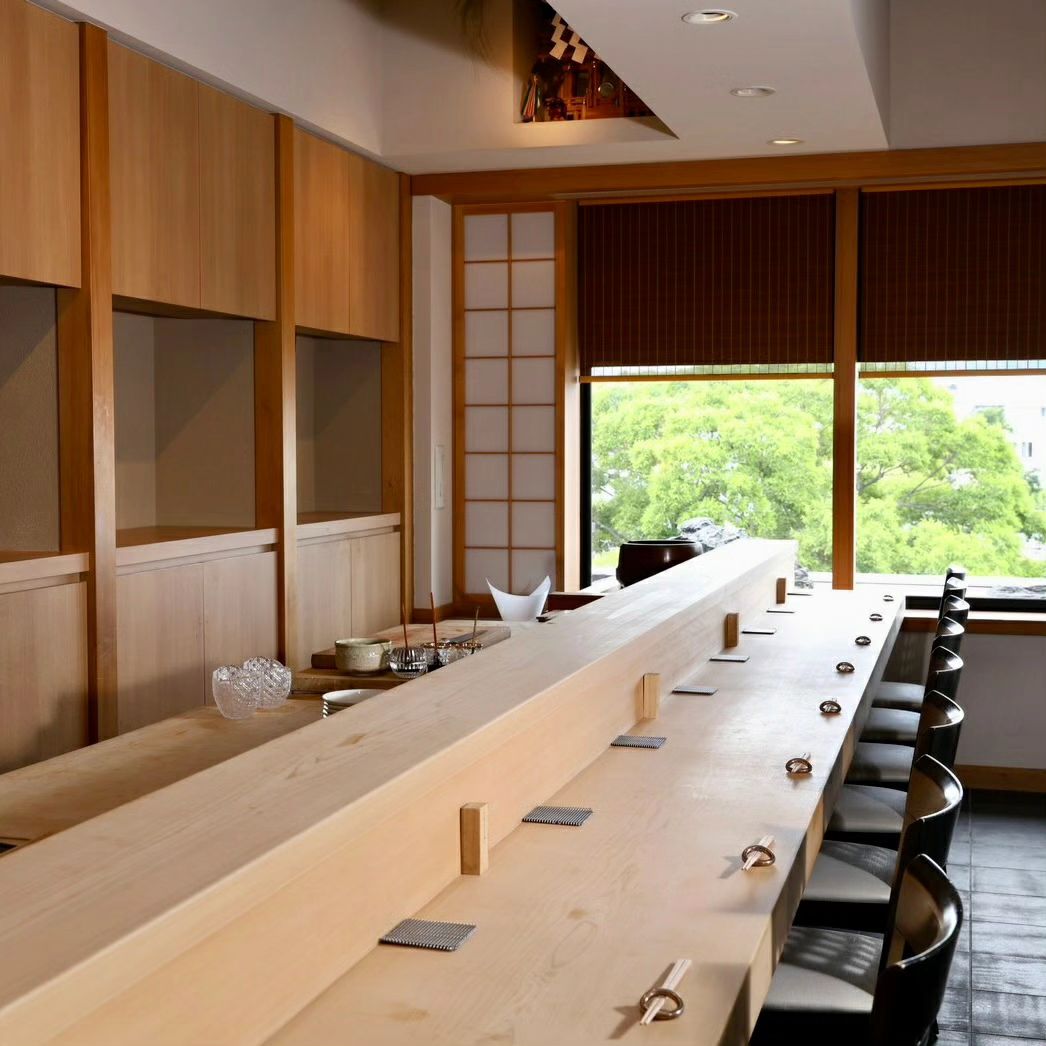
Sushi Nakamura
Sushi restaurant in Kyoto [SUSHILIVE comment] -


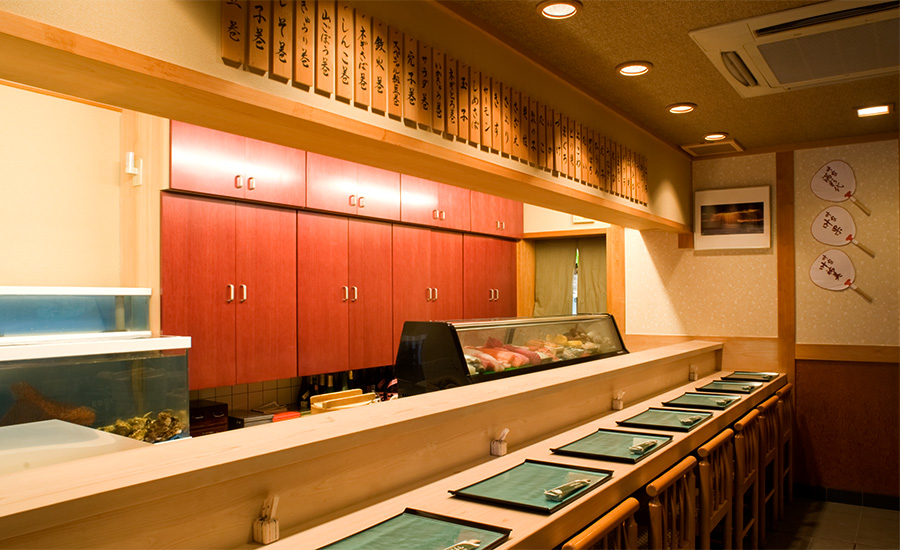
Gion Emon
Sushi restaurant in Kyoto [SUSHILIVE comment] -


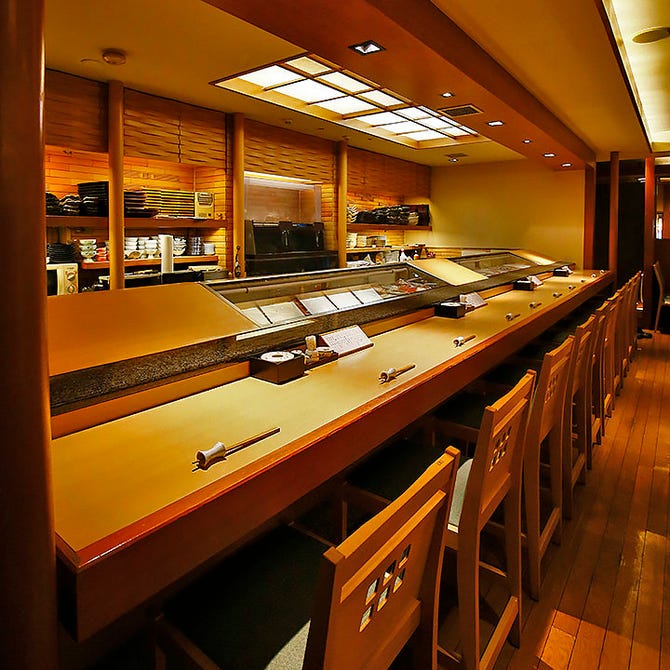
Kyosuishin
Sushi restaurant in Kyoto [SUSHILIVE comment] -


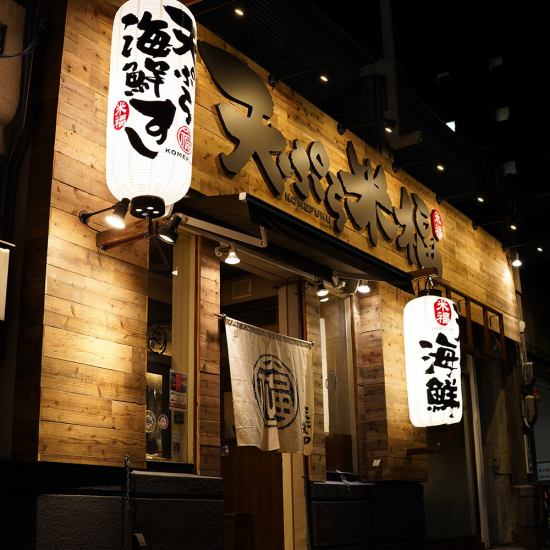
Mifuku Shijo Udon Maru
Sushi restaurant in Kyoto [SUSHILIVE comment] -


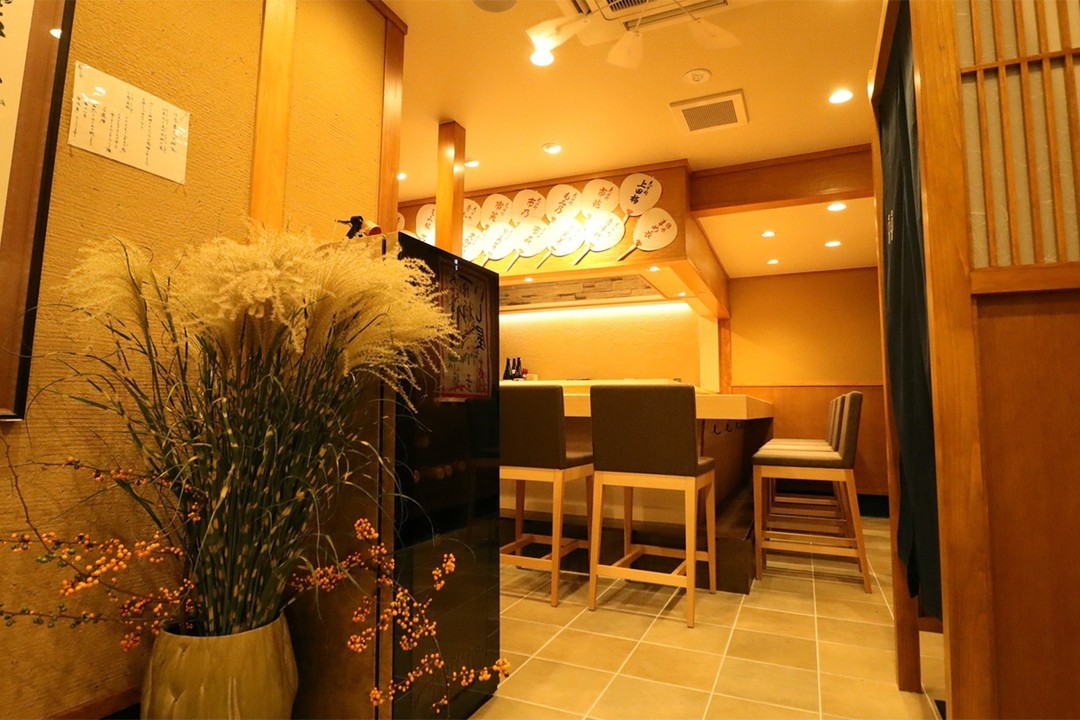
Sushi Ishiya, Pontocho
Sushi restaurant in Kyoto [SUSHILIVE comment] -


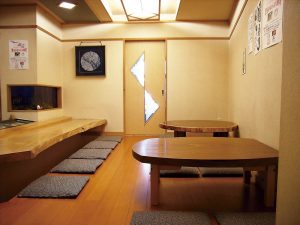
Kyoto Sushi Ookini
Sushi restaurant in Kyoto [SUSHILIVE comment] -


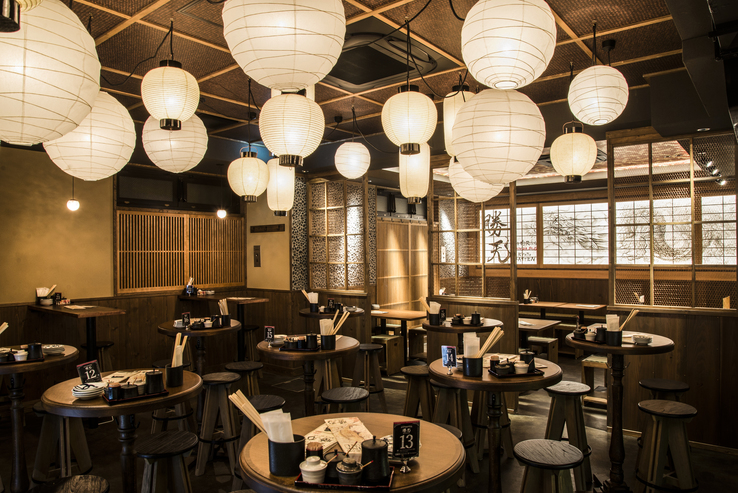
Sake and Meat Tempura KYOTO GATTEN
Sushi restaurant in Kyoto [SUSHILIVE comment] -


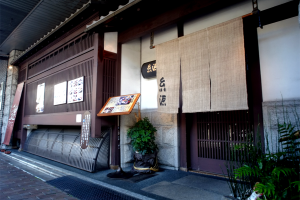
Itogen
Sushi restaurant in Kyoto [SUSHILIVE comment] -


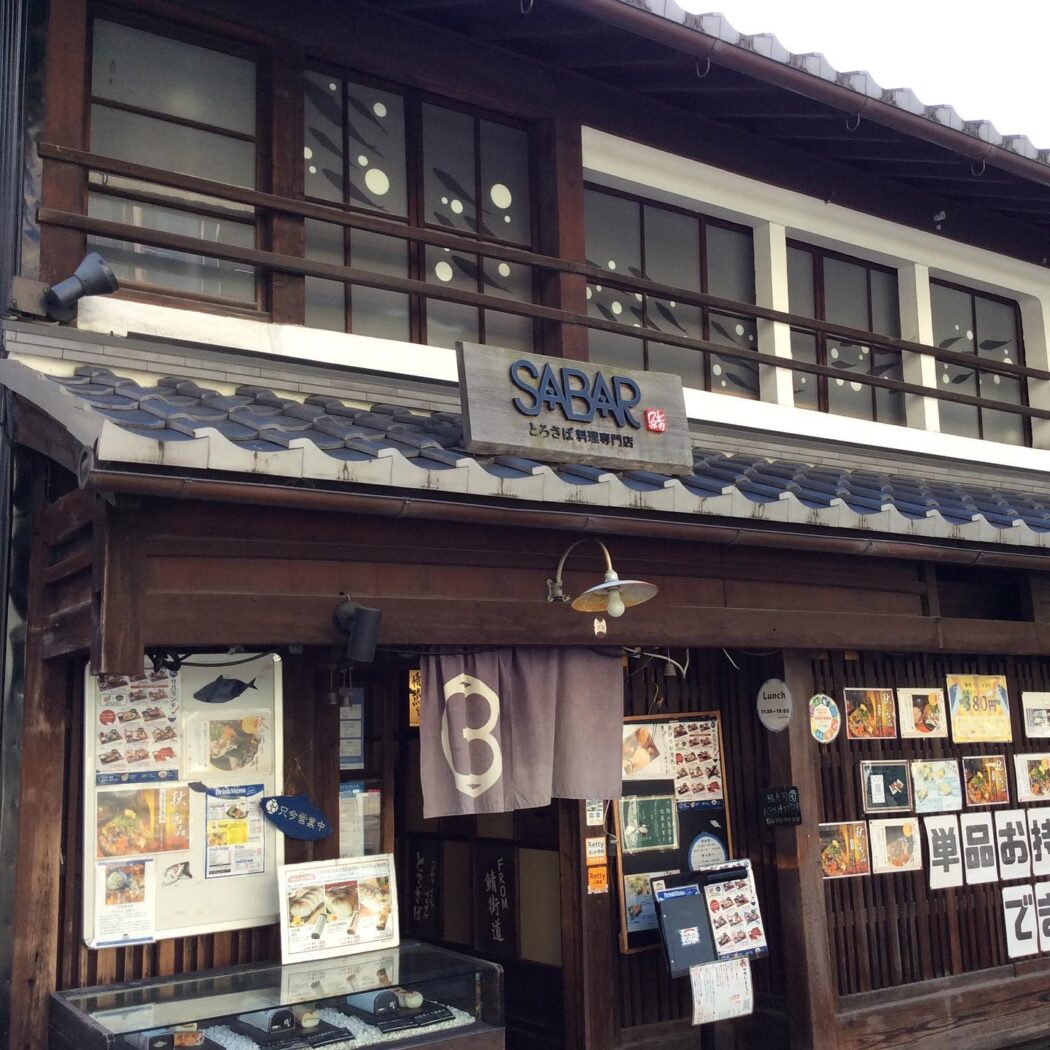
Torosaba-ryori Senmonten SABAR Kyoto Karasuma
Sushi restaurant in Kyoto [SUSHILIVE comment] -


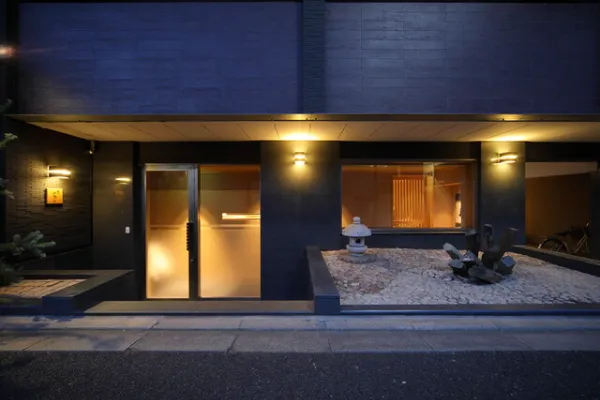
type of sushi with vinegared fish and rice lightly pressed overnight
Sushi restaurant in Kyoto [SUSHILIVE comment] -


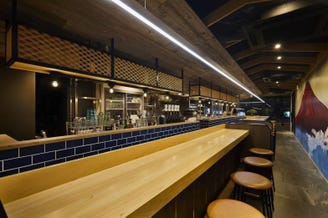
Sushi Bar Sushitofuji
Sushi restaurant in Kyoto [SUSHILIVE comment]
Recommended conveyor belt sushi restaurants in Kyoto, Japan
-


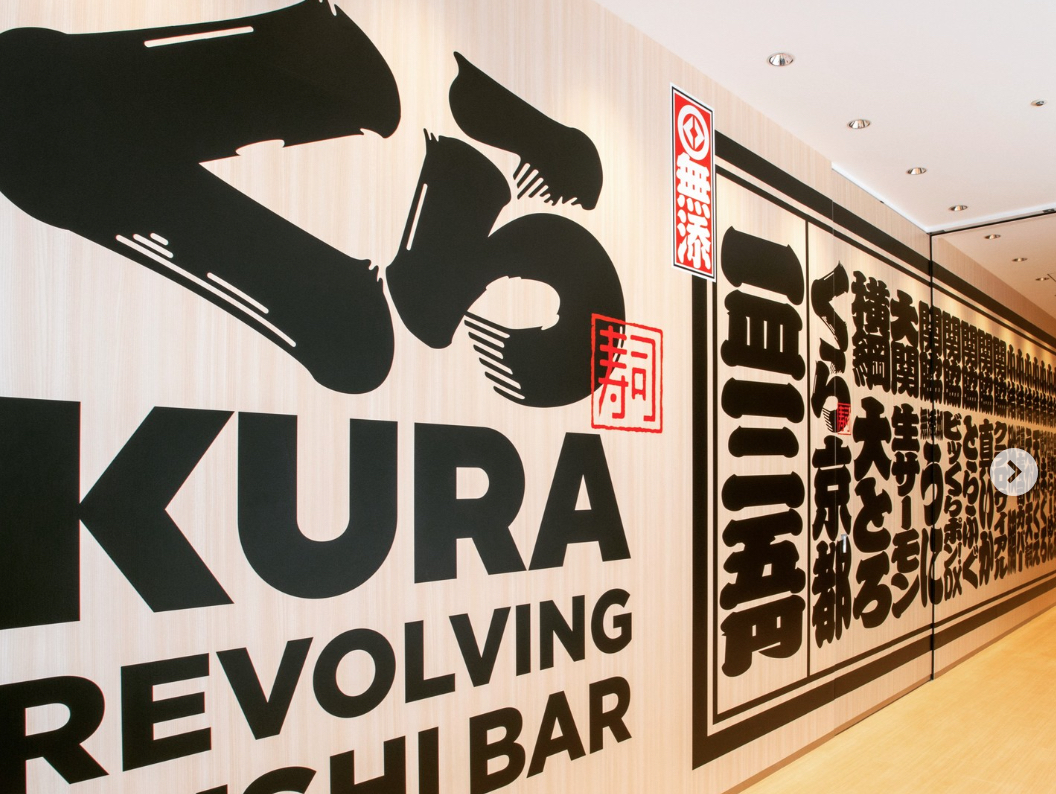
Kura Sushi Uji-Okubo Store
Sushi restaurant in Kyoto [SUSHILIVE comment] -


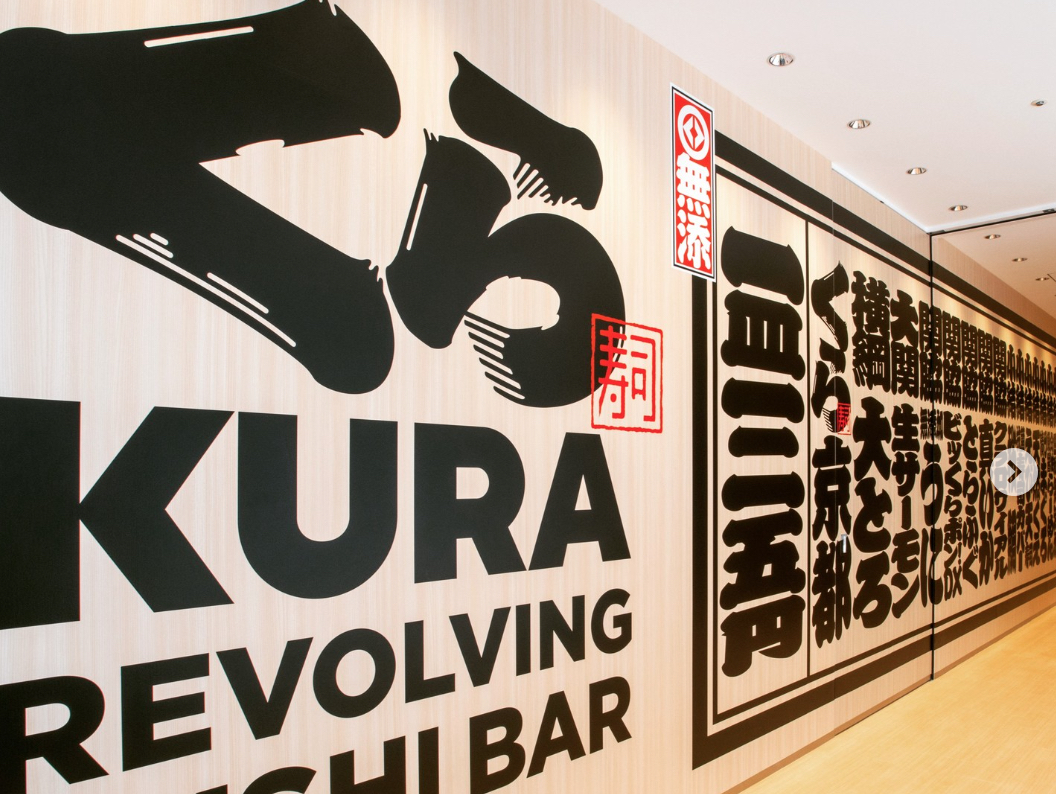
Kura Sushi Nitori Kuuyama
Sushi restaurant in Kyoto [SUSHILIVE comment] -


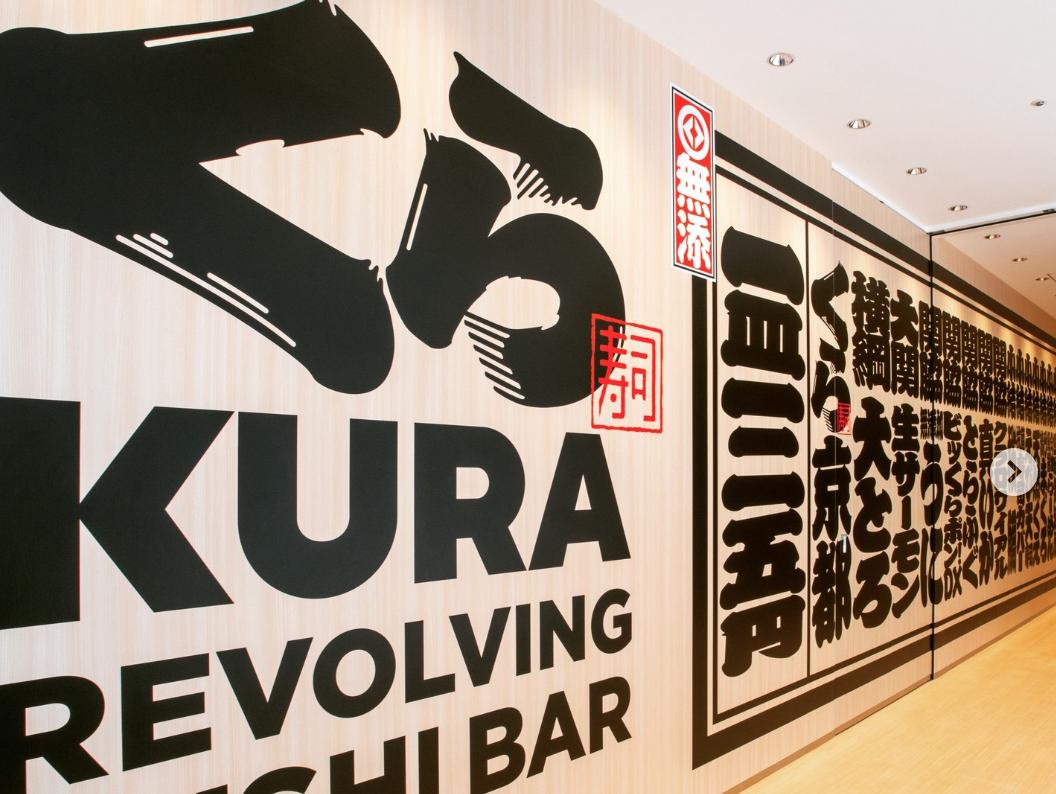
Kura Sushi Nitori Kyoto Gai Omae
Sushi restaurant in Kyoto [SUSHILIVE comment] -


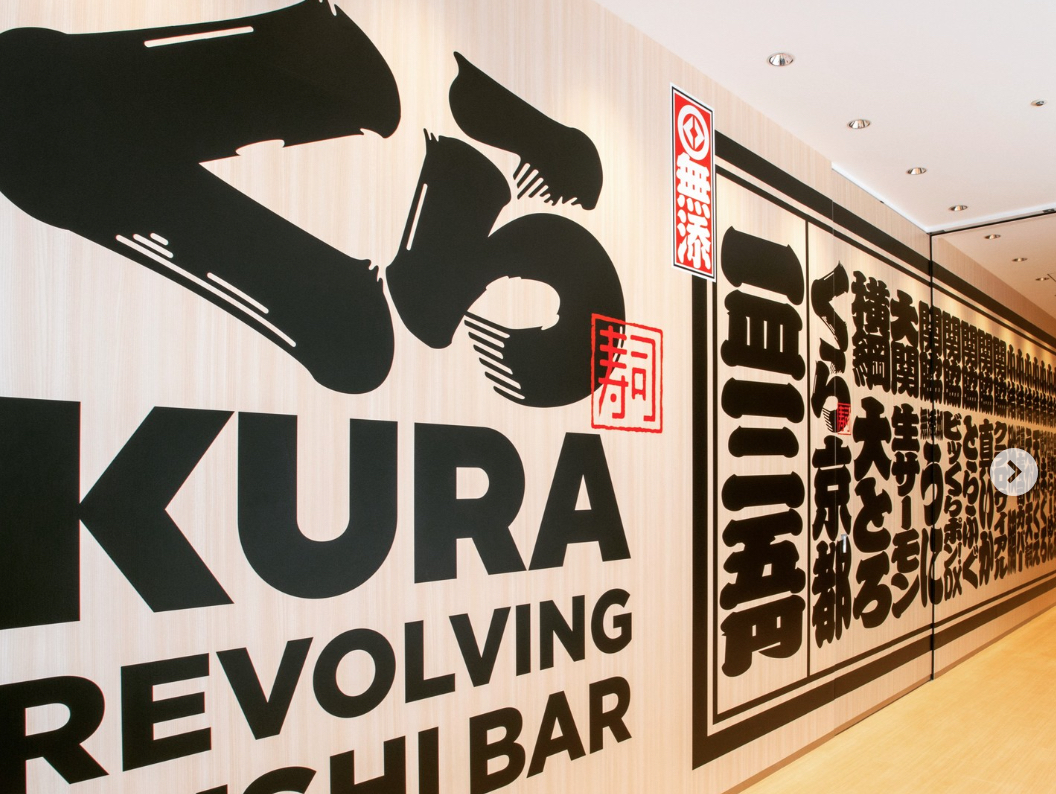
Kura Sushi Nitori Xidajo Shichijo
Sushi restaurant in Kyoto [SUSHILIVE comment] -


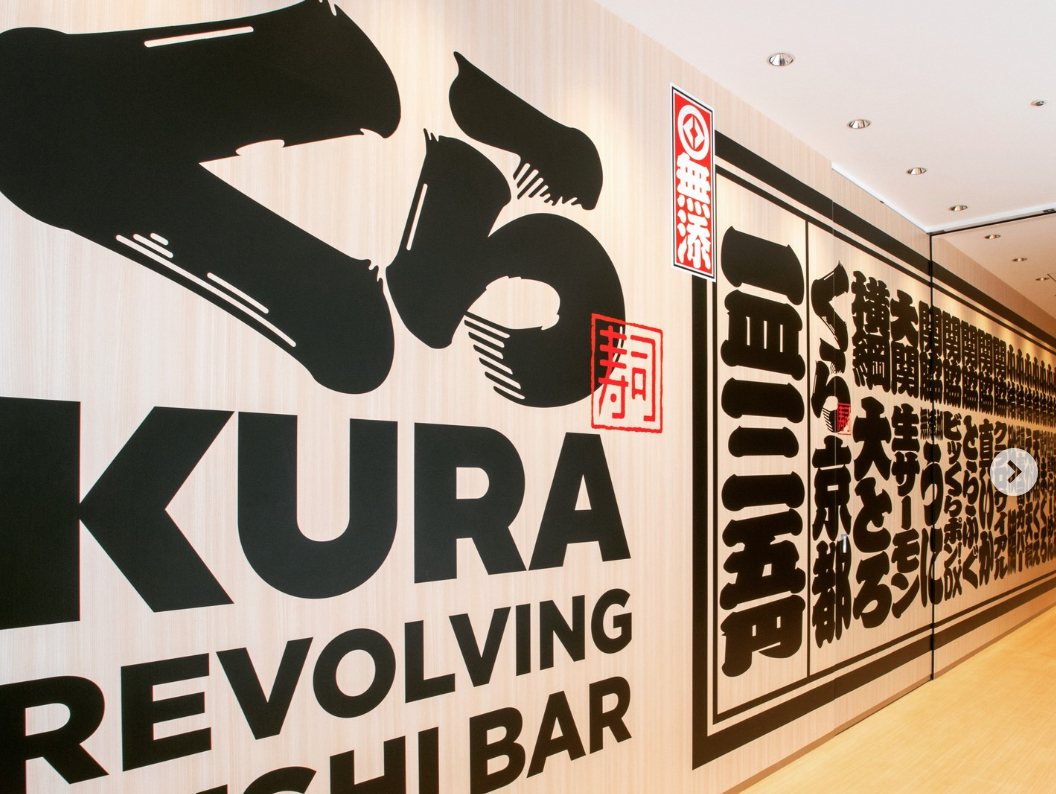
Kura Sushi Nitori Yamashina
Sushi restaurant in Kyoto [SUSHILIVE comment] -


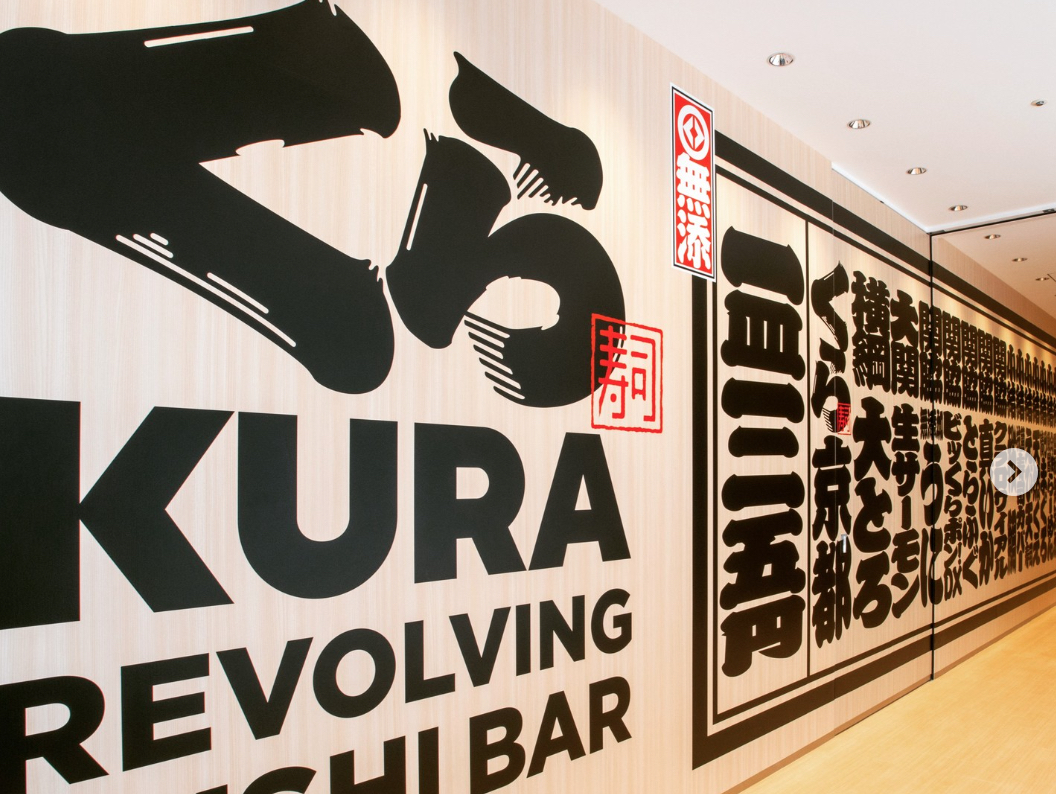
Kura Sushi Nishijin Store
Sushi restaurant in Kyoto [SUSHILIVE comment] -


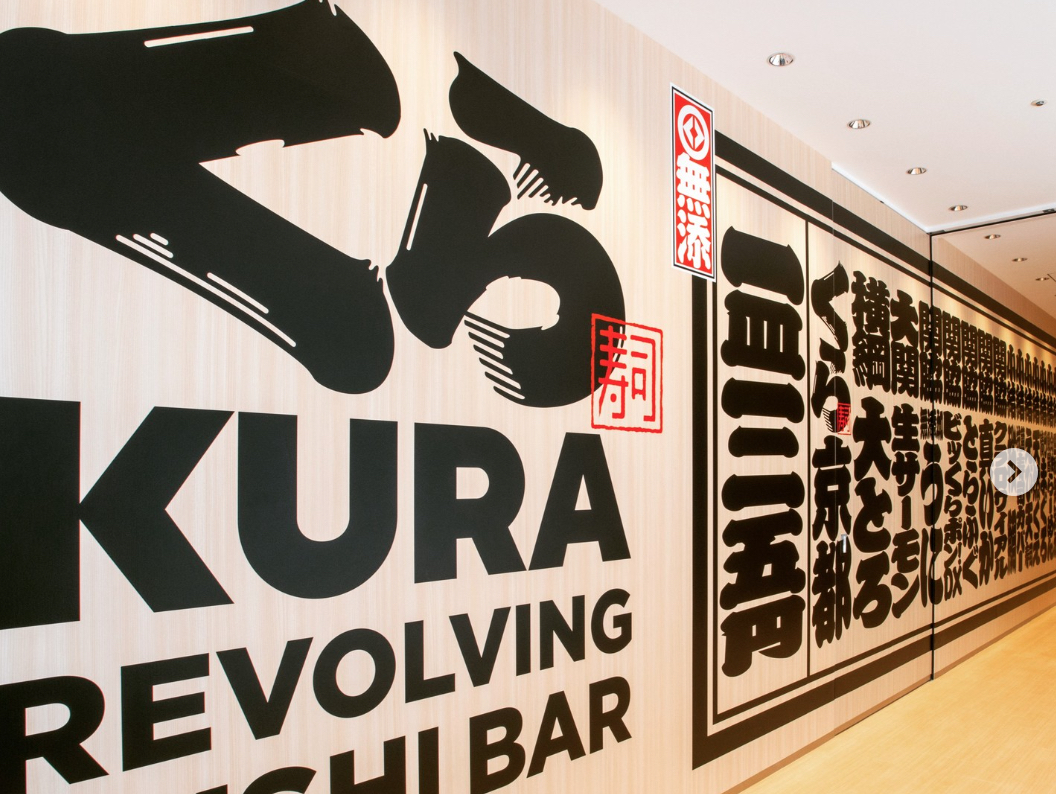
Kura Sushi Nijo store
Sushi restaurant in Kyoto [SUSHILIVE comment] -


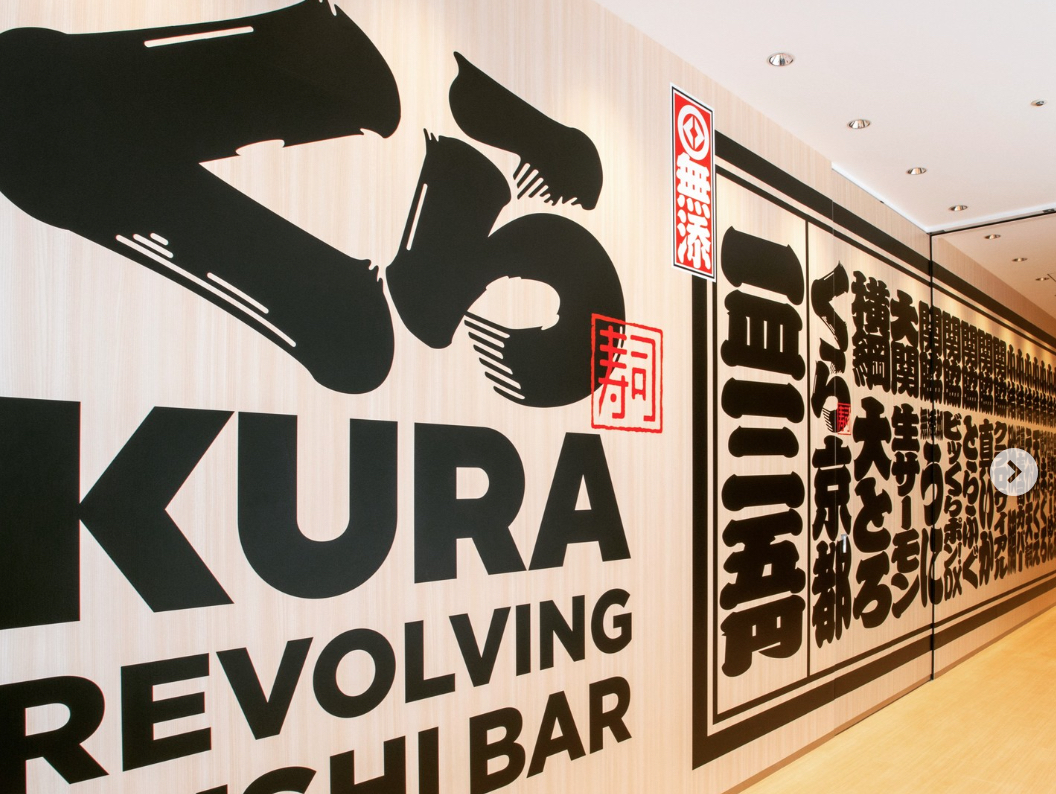
Kura Sushi Kyoto Minami Interchange
Sushi restaurant in Kyoto [SUSHILIVE comment] -


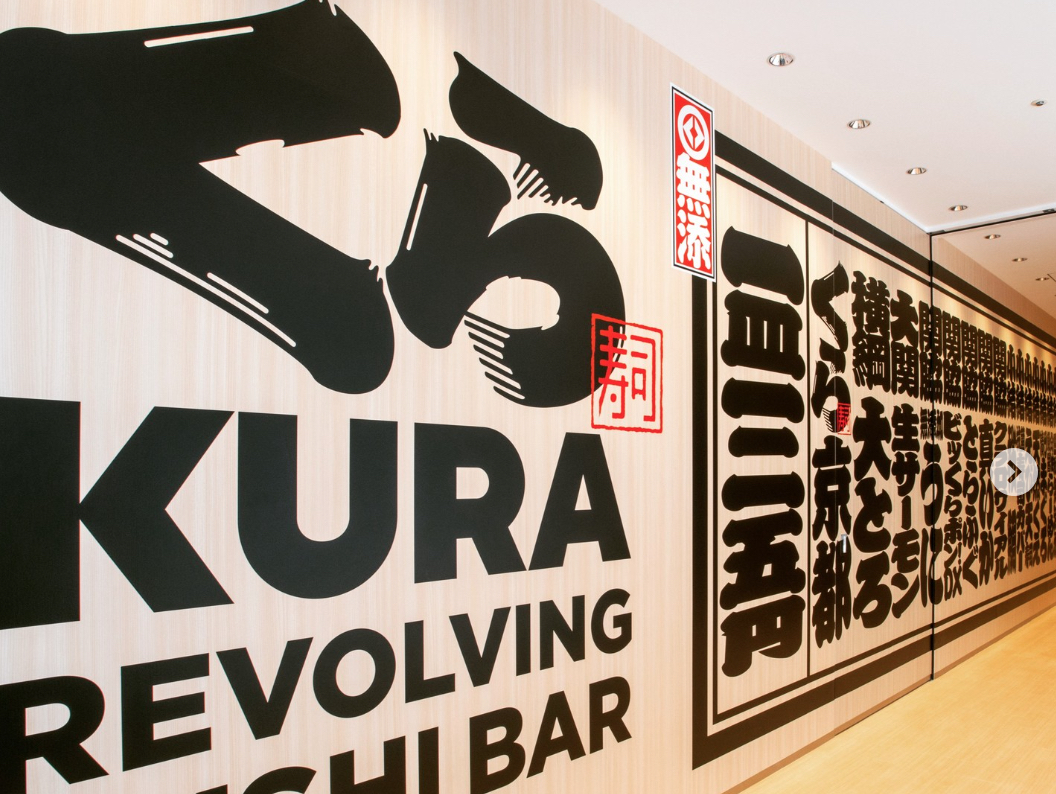
Kura Sushi Nitori Kyoto Kyusei
Sushi restaurant in Kyoto [SUSHILIVE comment] -


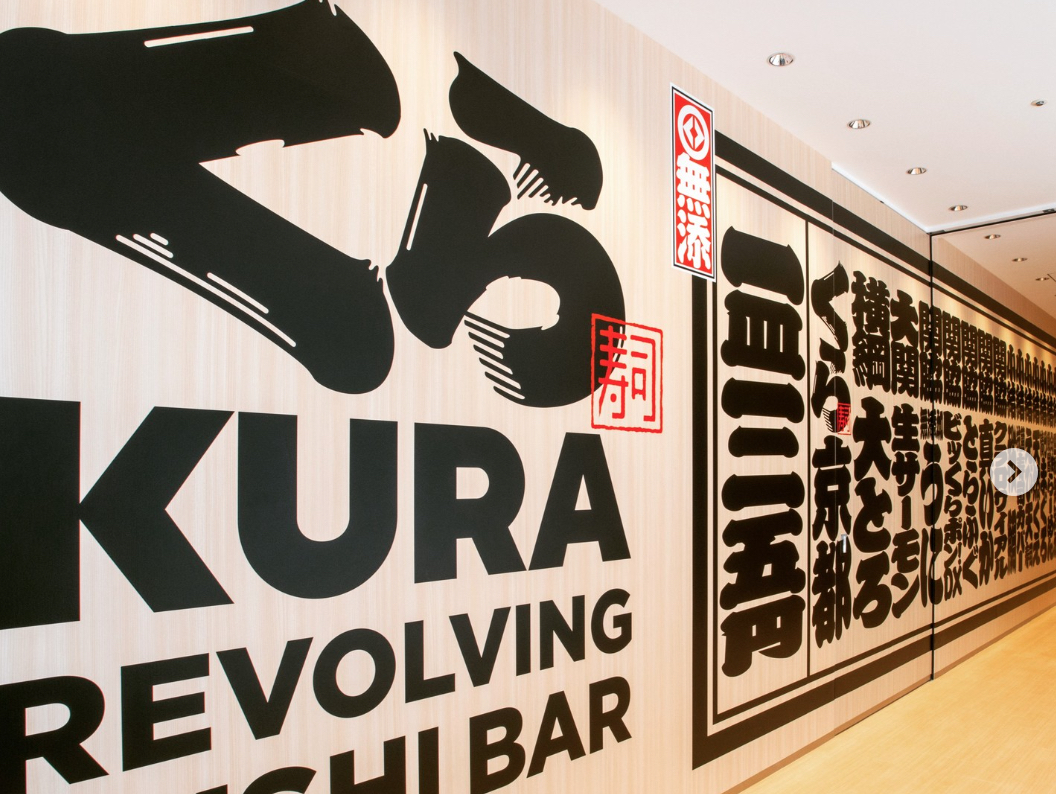
Kura Sushi Kyoto Fushimi Store
Sushi restaurant in Kyoto [SUSHILIVE comment] -


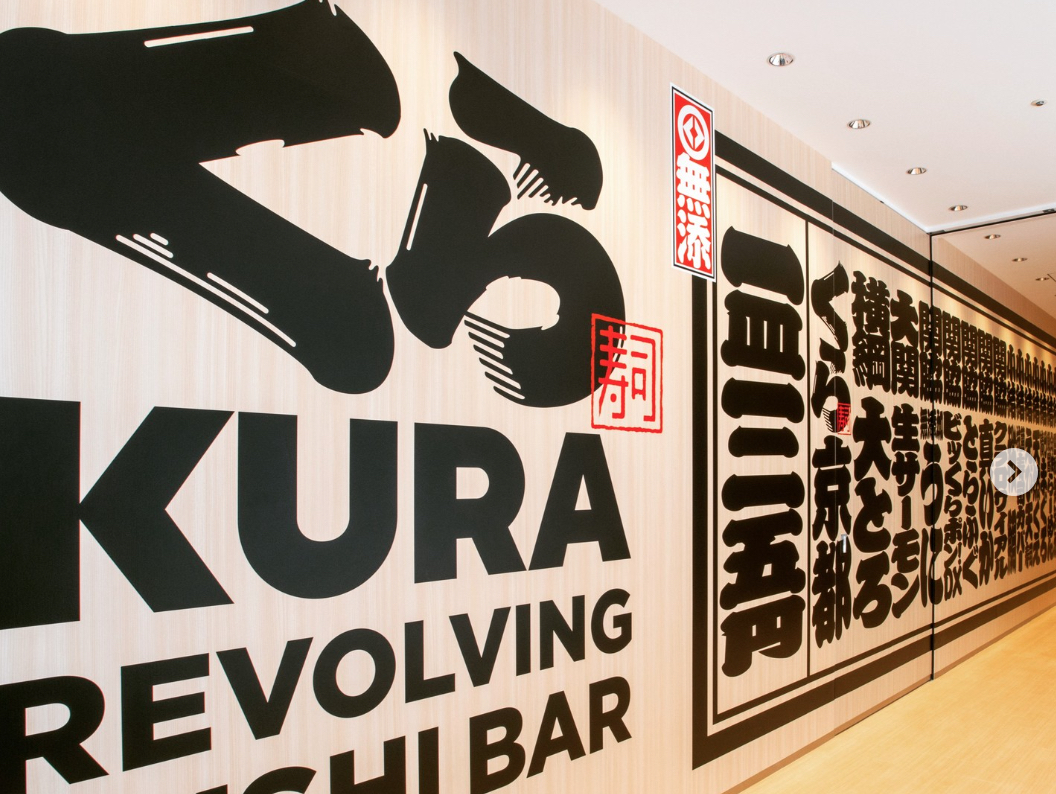
Kura Sushi Daigo Store
Sushi restaurant in Kyoto [SUSHILIVE comment] -


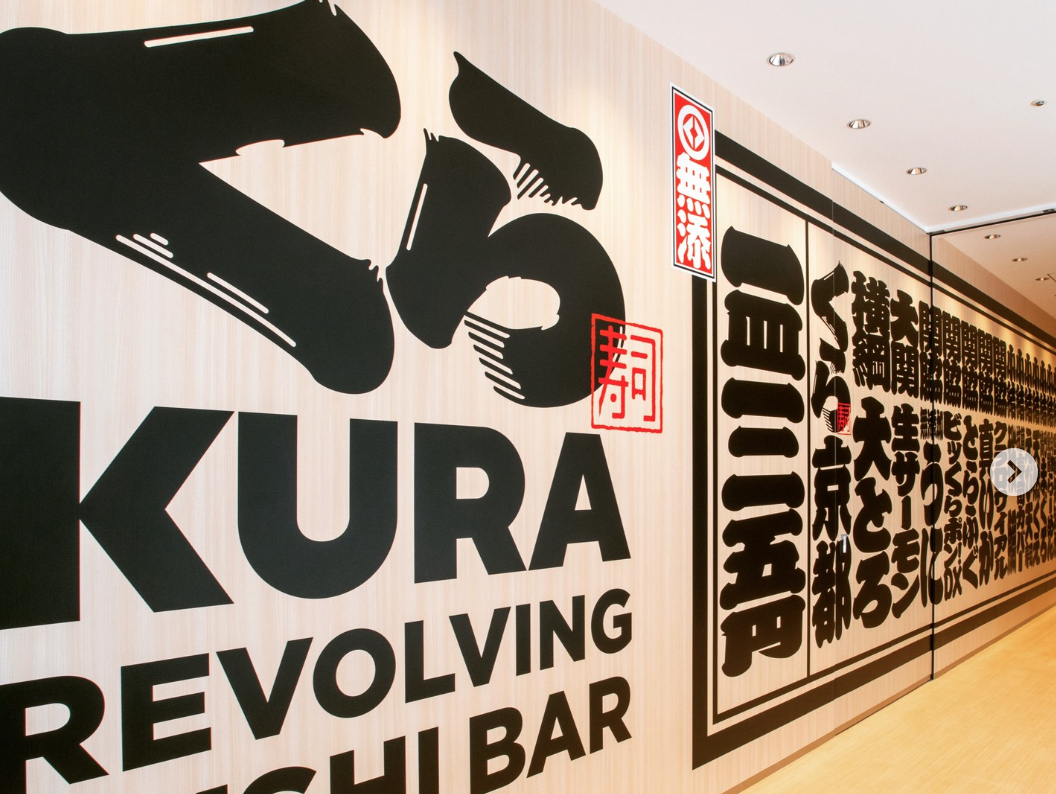
Kura Sushi Kinkakuji Store
Sushi restaurant in Kyoto [SUSHILIVE comment] -


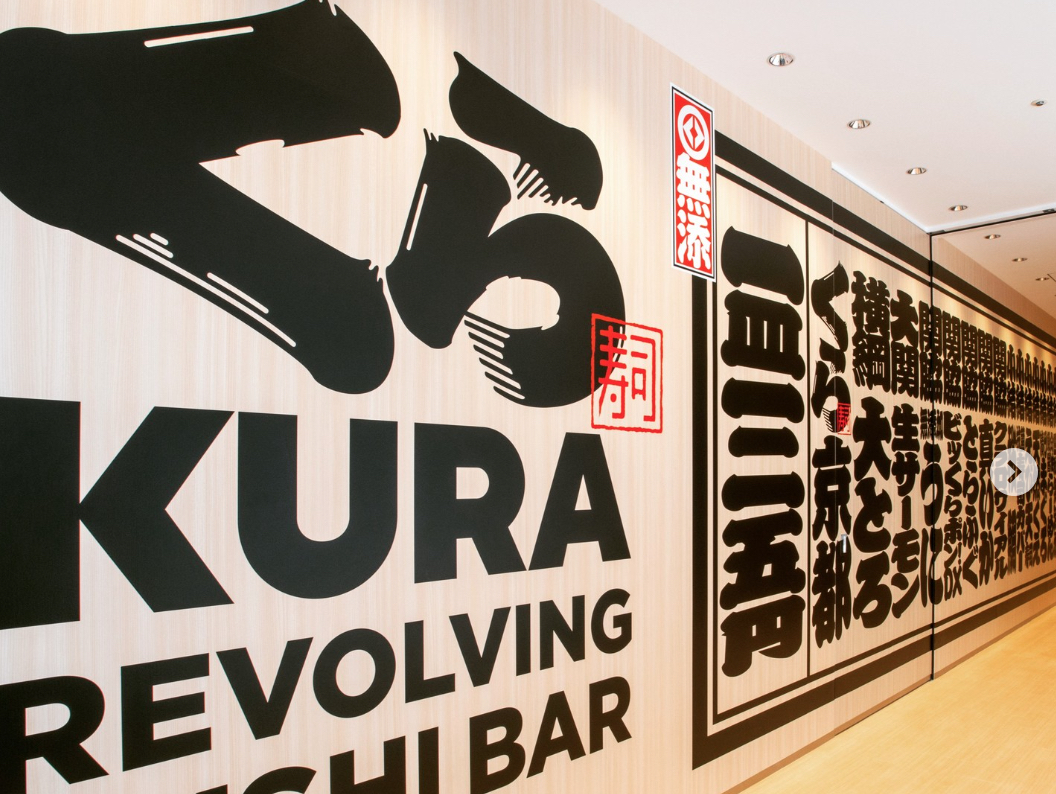
Kura Sushi Seika-machi Store
Sushi restaurant in Kyoto [SUSHILIVE comment] -


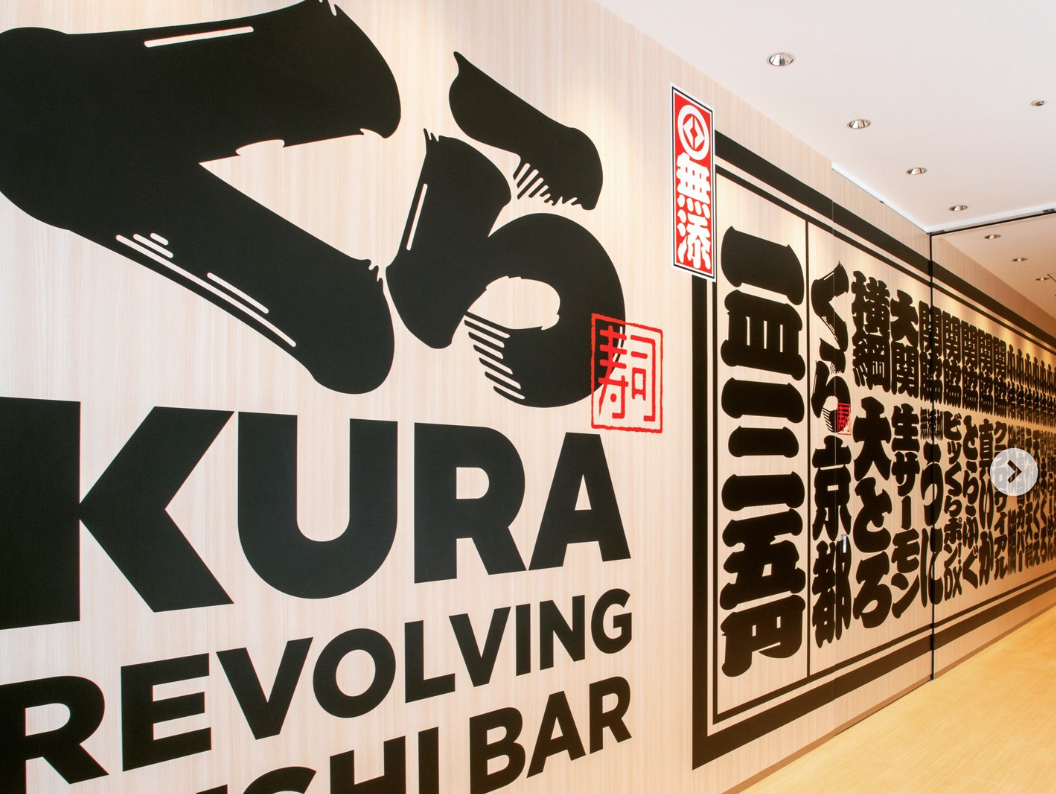
Kura Sushi Fukuchiyama Store
Sushi restaurant in Kyoto [SUSHILIVE comment] -


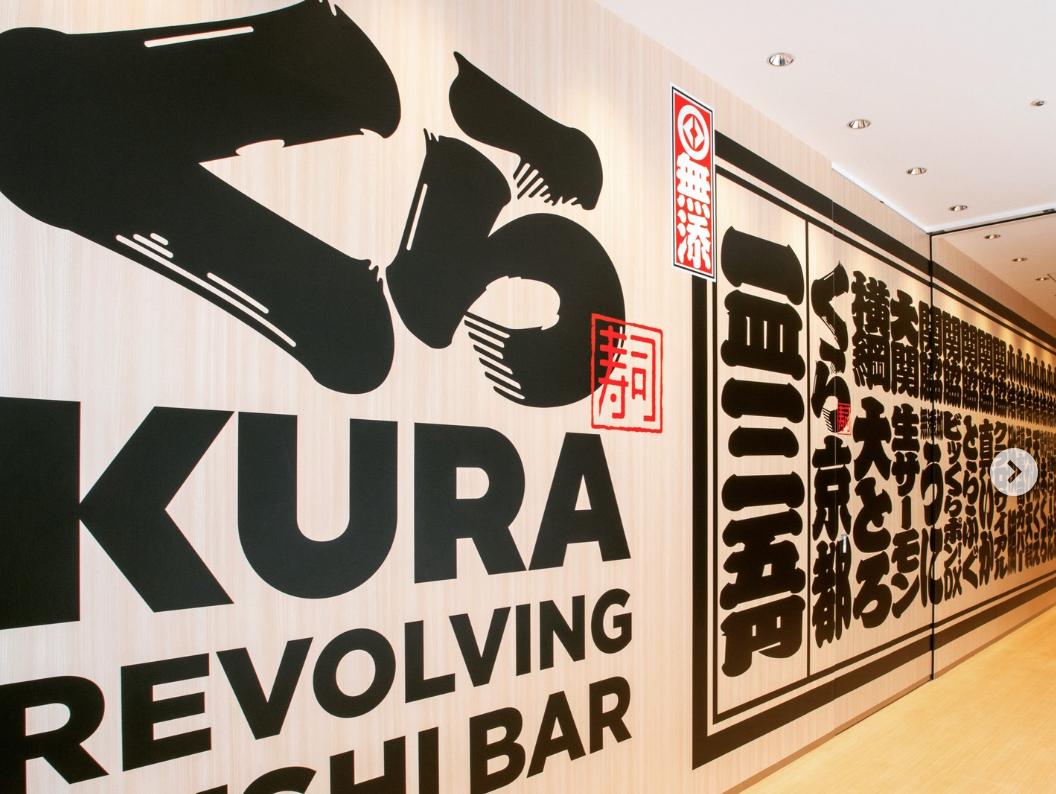
Kura Sushi Kizugawa Branch
Sushi restaurant in Kyoto [SUSHILIVE comment] -


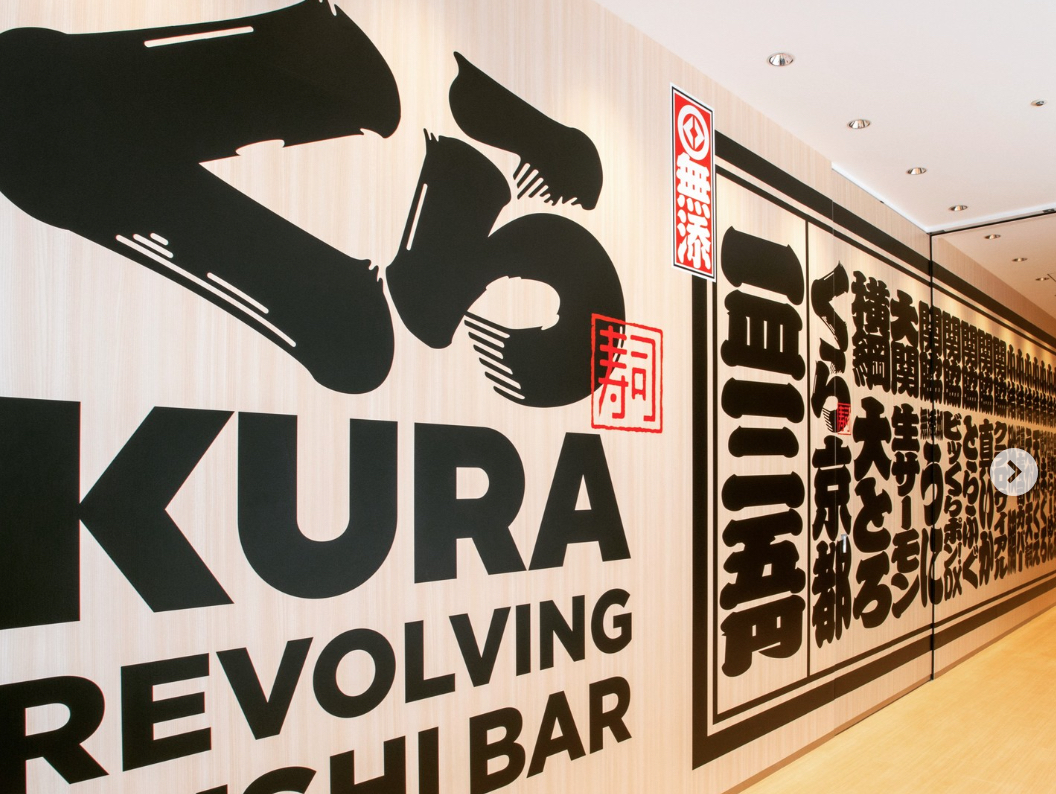
Kura Sushi Uji-Makishima Branch
Sushi restaurant in Kyoto [SUSHILIVE comment] -



Kura Sushi Kyoto Yawata Store
Sushi restaurant in Kyoto [SUSHILIVE comment] -


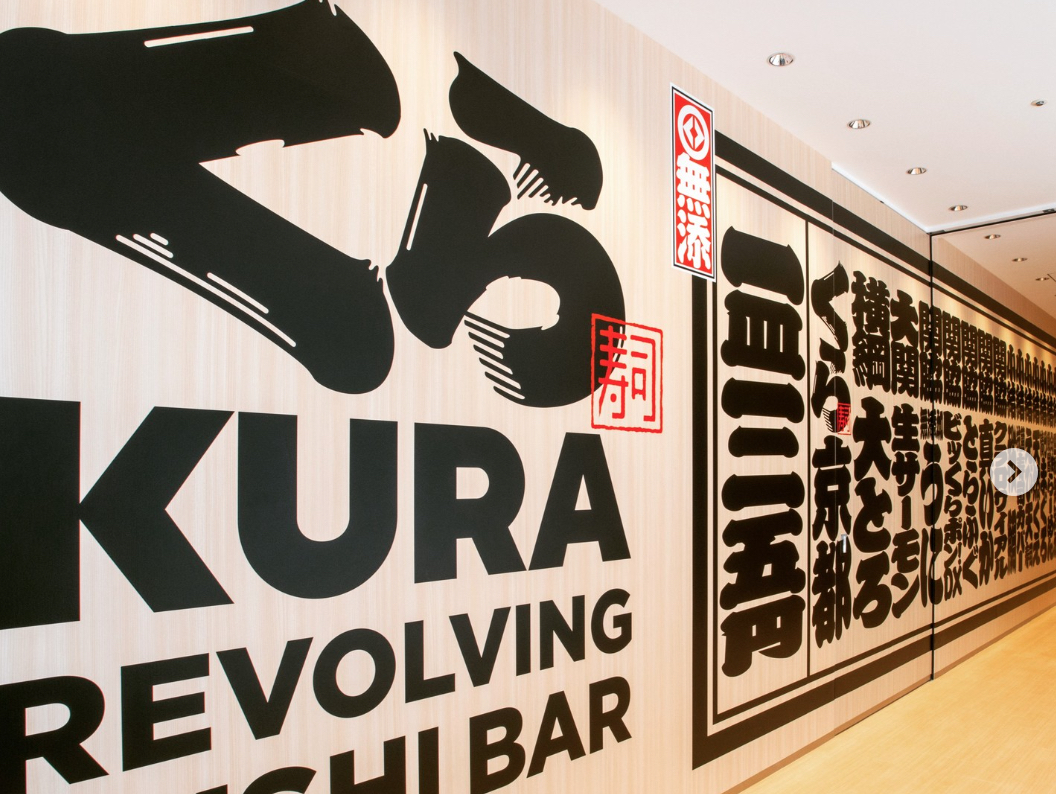
Kura Sushi Kameoka Store
Sushi restaurant in Kyoto [SUSHILIVE comment] -


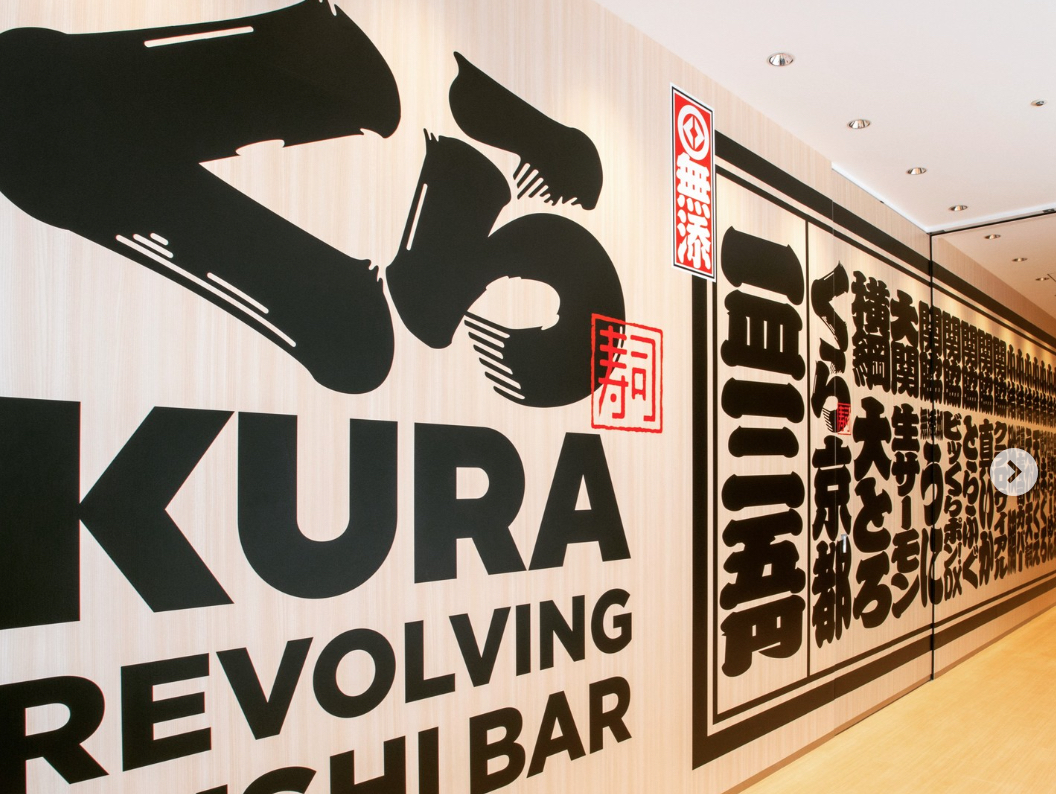
Kura Sushi Plus-type store Kyoto
Sushi restaurant in Kyoto [SUSHILIVE comment] -


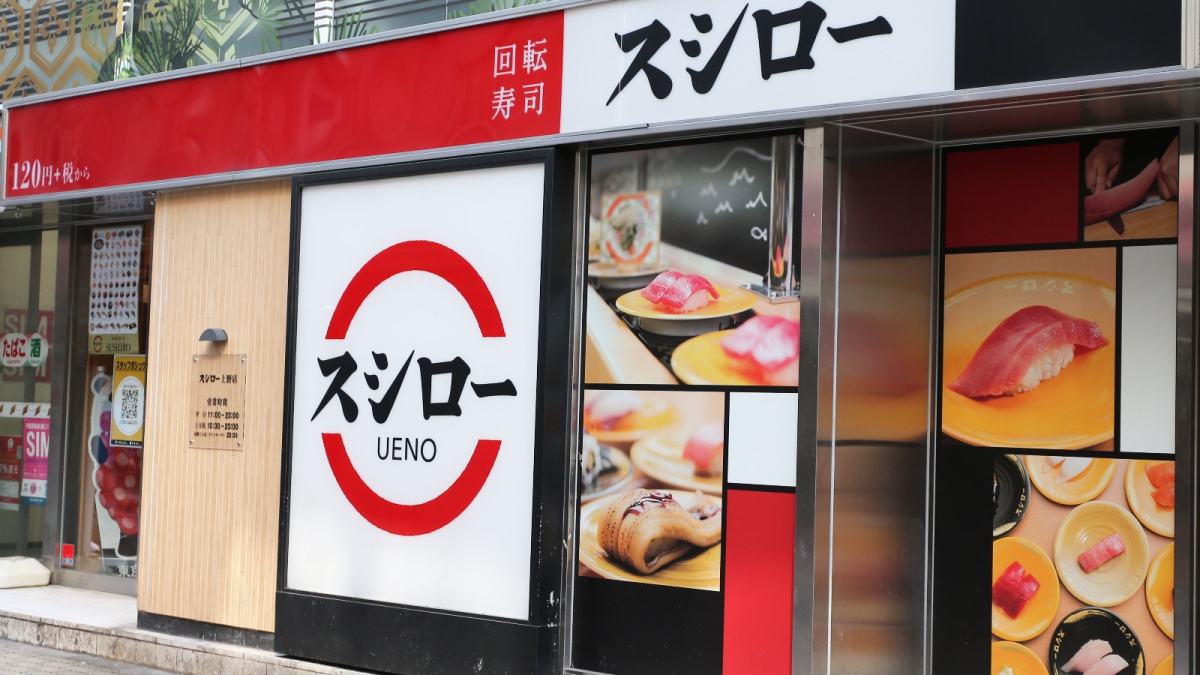
Sushiro Seika Town
Sushi restaurant in Kyoto [SUSHILIVE comment] -


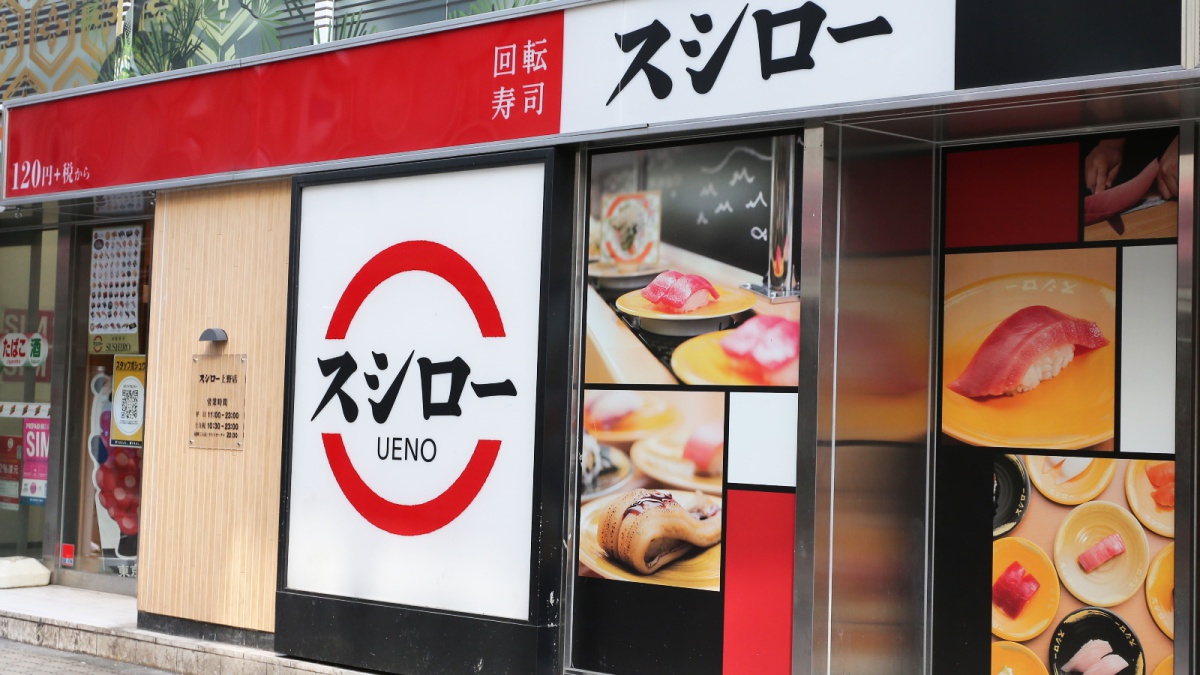
Sushiro white-naped crane (Grus vipio)
Sushi restaurant in Kyoto [SUSHILIVE comment] -


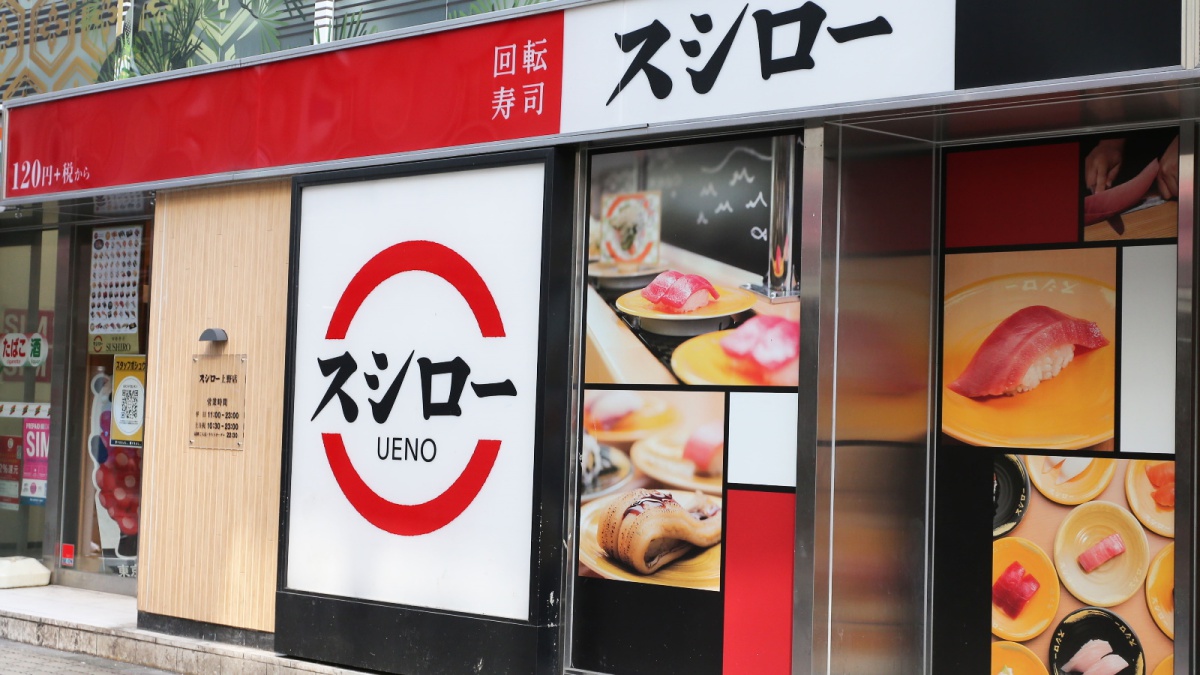
Sushiro After Kyodan
Sushi restaurant in Kyoto [SUSHILIVE comment] -


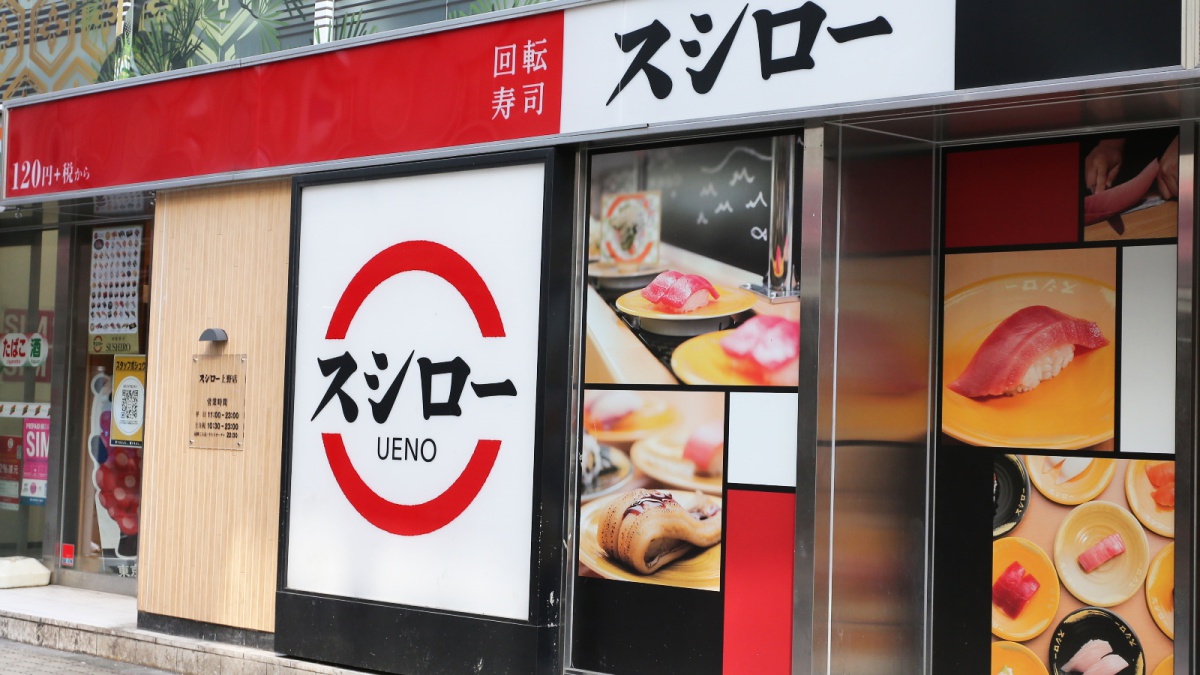
Sushiro Kyoto Fushimi
Sushi restaurant in Kyoto [SUSHILIVE comment] -


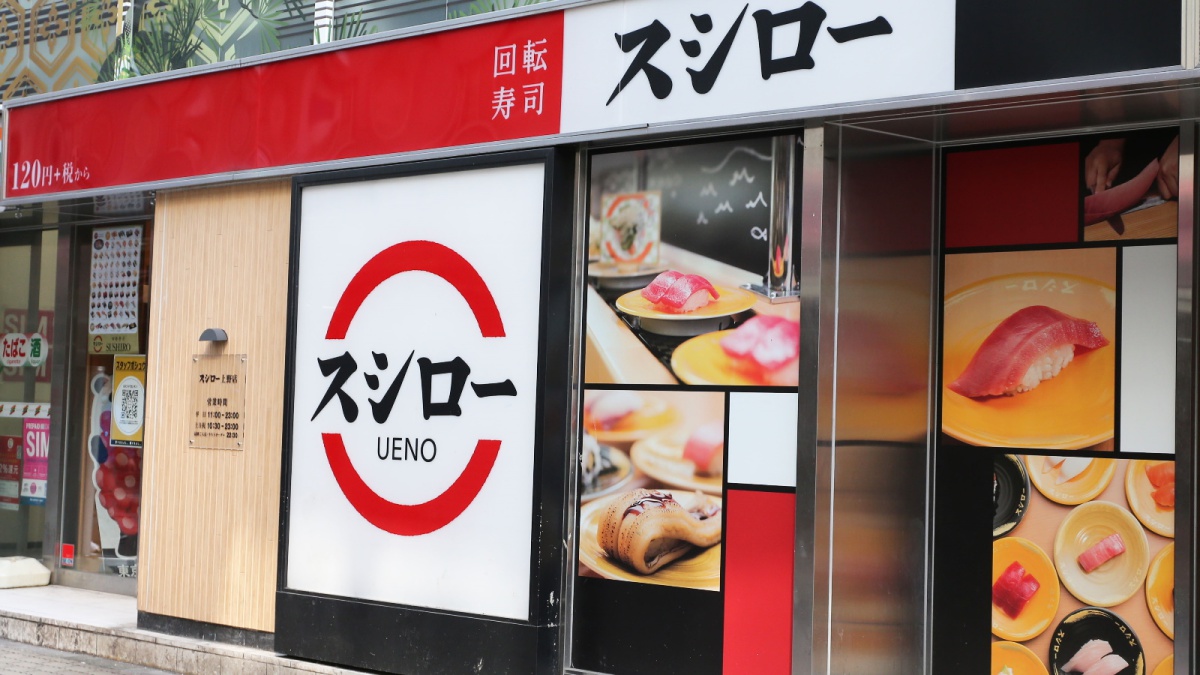
Sushiro Kyoto Katsura
Sushi restaurant in Kyoto [SUSHILIVE comment] -


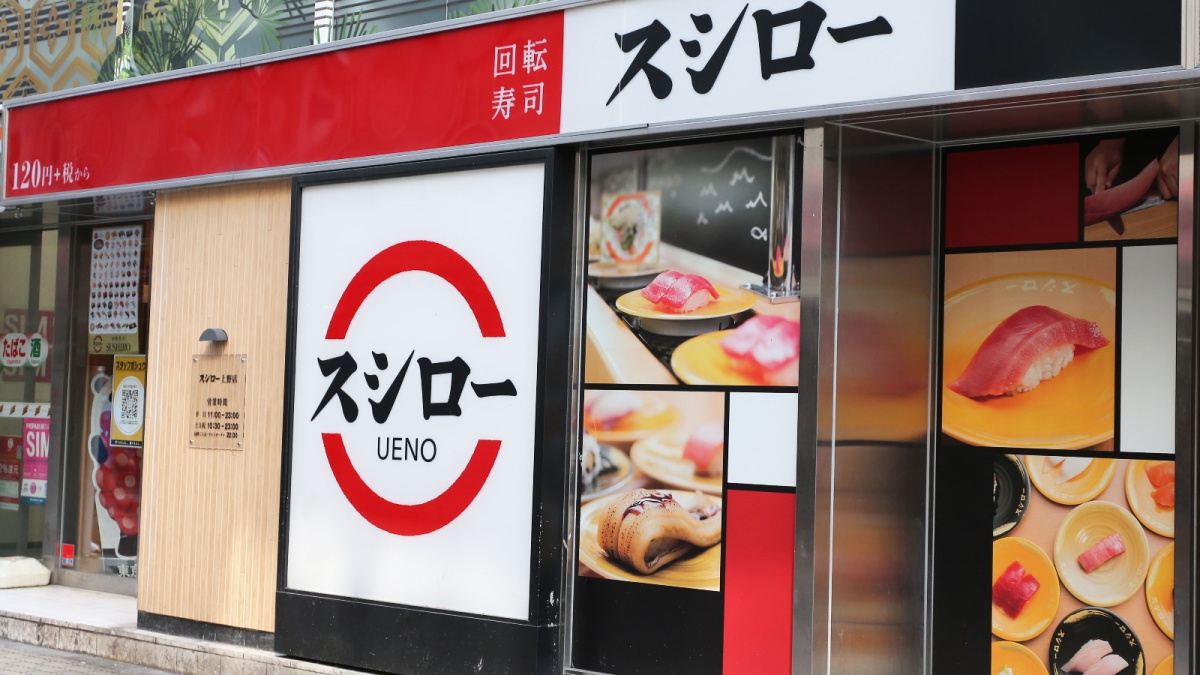
Sushiro Turtle Island (esp. the Oriental turtle, Ctenolepisma villosa)
Sushi restaurant in Kyoto [SUSHILIVE comment] -


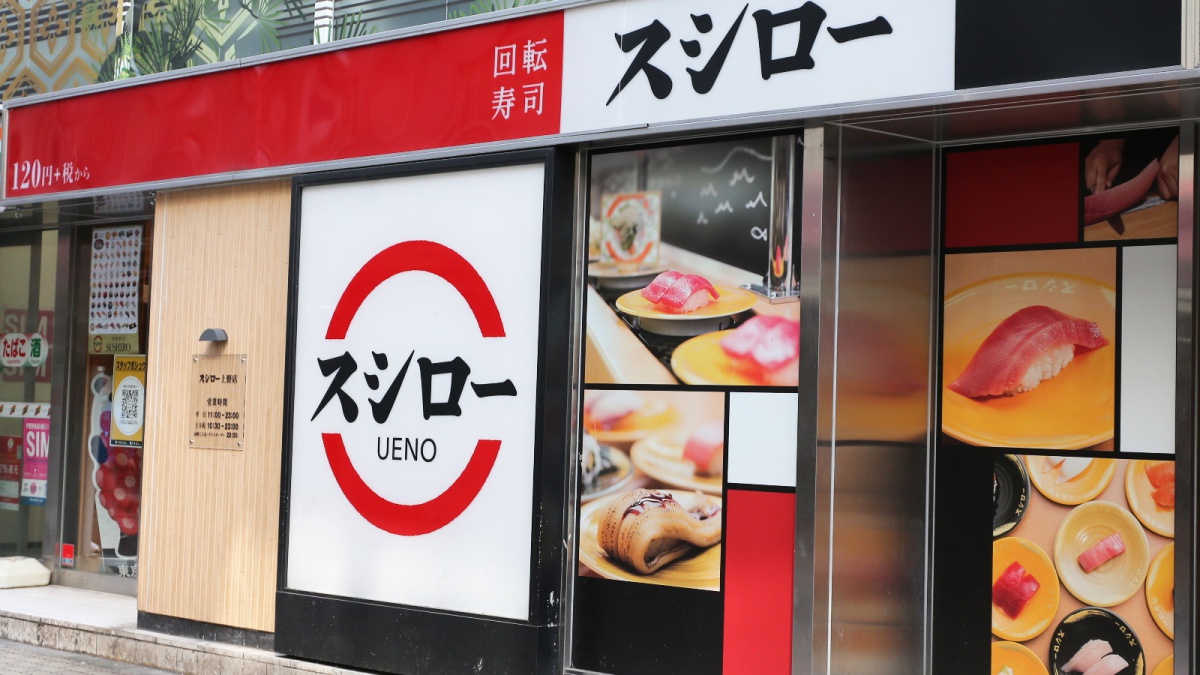
Sushiro Fukuchiyama
Sushi restaurant in Kyoto [SUSHILIVE comment] -


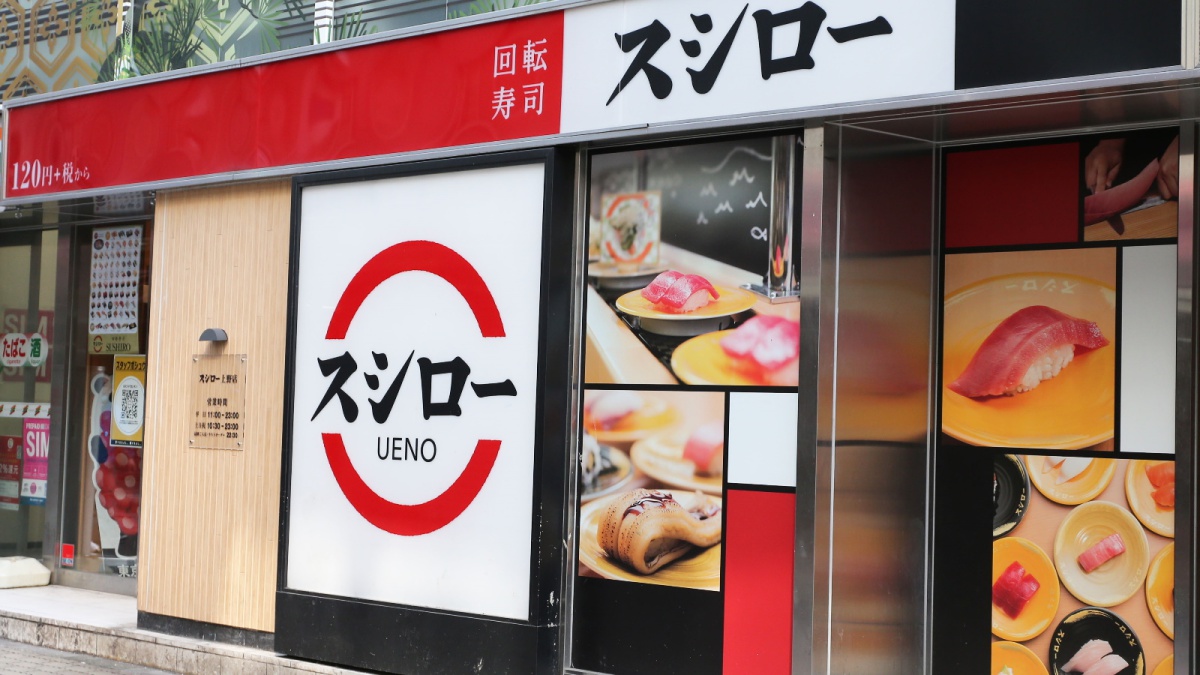
Sushiro Chengyang county (old name)
Sushi restaurant in Kyoto [SUSHILIVE comment] -


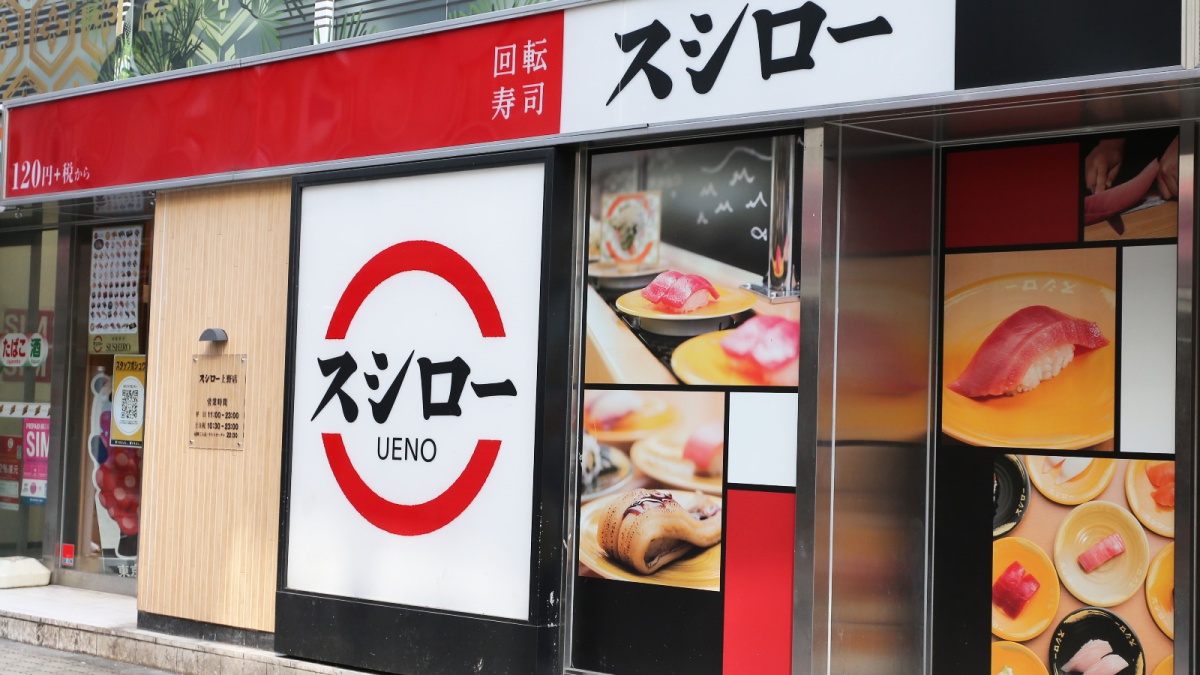
Sushiro family of flowering plants comprising the mustards
Sushi restaurant in Kyoto [SUSHILIVE comment] -


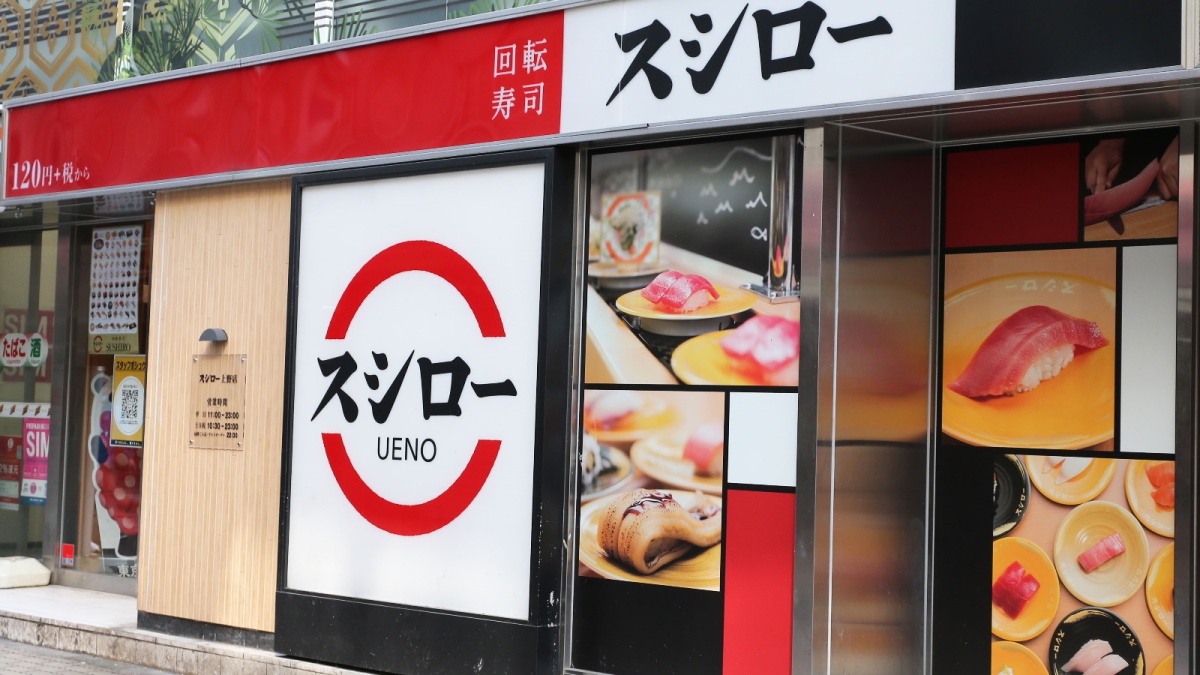
Sushiro Nitori Gojo Shichihonmatsu
Sushi restaurant in Kyoto [SUSHILIVE comment] -


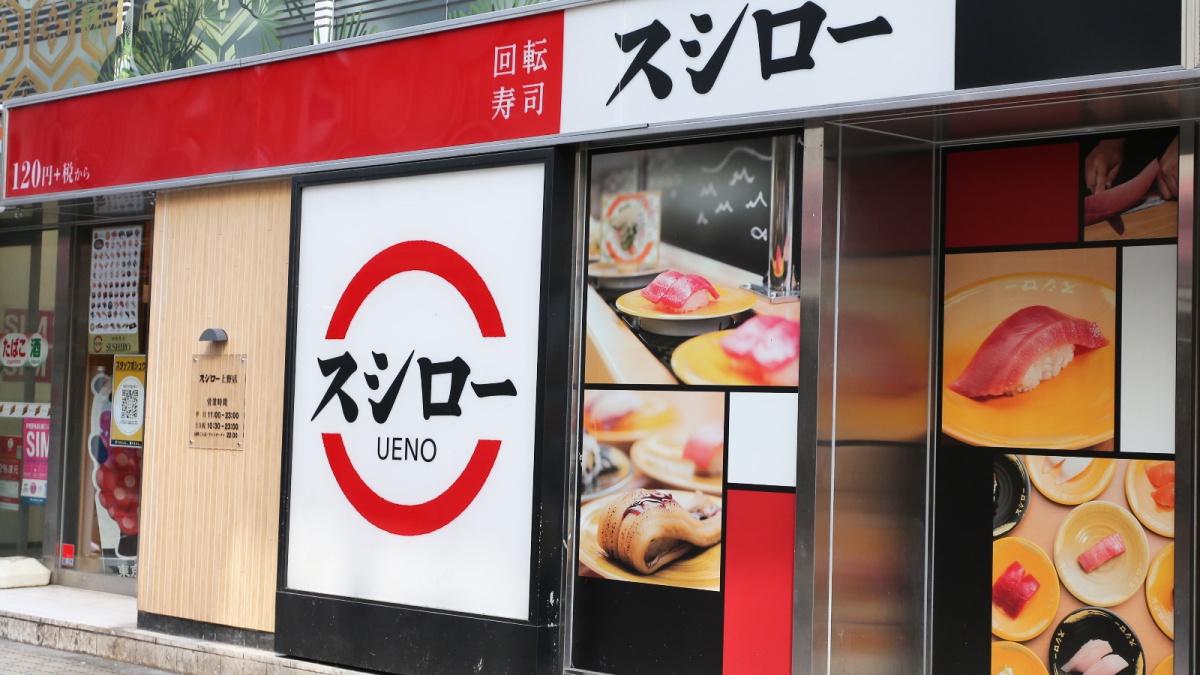
Sushiro Kawaramachi Takoyakushi Dori Store
Sushi restaurant in Kyoto [SUSHILIVE comment]
Characteristics of Kyoto’s Cuisine
Kyoto: The Art of Cuisine Woven from Nature and Tradition
Kyoto, surrounded by mountains to the north and the sea to the south, is a basin area that has been blessed with rich natural surroundings since ancient times. This bountiful environment has nurtured a variety of ingredients, supporting Kyoto’s culinary culture.
- Mountain Delights
In Kyoto’s mountainous regions, a wide variety of mushrooms and wild plants are harvested. Matsutake mushrooms, truffles, kuwai (arrowhead), Kyoto udo, seri (Japanese parsley), and gyoja garlic are known as high-quality ingredients in Kyoto, used in various dishes such as Kyoto cuisine and sushi, adding profound flavors. - Sea Delights
Kyoto’s seas are rich with seafood from the Sea of Japan. Yellowtail, pike conger, snow crab, sea bream, abalone, and oysters are representative of Kyoto’s marine products, prepared fresh and adding color to Kyoto’s dining tables. - Kyoto Vegetables
Kyoto vegetables, cultivated in a basin’s unique climate with significant temperature differences between day and night and in well-drained soil, are known for their bright colors and delicate flavors. Kamo eggplants, Kyoto turnips, mibuna, and senmaizuke are essential ingredients in Kyoto cuisine and sushi.
In recent years, while preserving traditional culinary culture, new culinary cultures have also emerged. When visiting Kyoto, do savor the charm of Kyoto’s cuisine, created from the blessings of both the mountains and the sea, with its diverse ingredients.
The Delicate Taste Cultivated by History and Culture
Kyoto, thriving for over 1000 years as a capital, has been home to various classes such as court nobles, samurai, and monks. Their cultures and dietary habits merged, developing Kyoto cuisine, characterized by its beautiful appearance and refined taste. Kyoto cuisine emphasizes broth and the natural flavors of ingredients, cooked lightly. The presentation, conscious of the seasons and the senses, is also an important aspect, making it a visually enjoyable culinary experience.
The Basic Dining Table of One Soup and Three Dishes
Kyoto cuisine features a simple dining table with rice, miso soup, and dishes using Kyoto vegetables like simmered dishes, grilled dishes, and vinegared dishes. Recently, more casual Kyoto cuisine restaurants have become popular among tourists and locals alike.
The Deep Connection Between Kyoto and Sushi
The relationship between Kyoto and sushi dates back to the Edo period. At that time, as the capital of Japan, Kyoto attracted many cultured individuals. Sushi, introduced from Edo (Tokyo), became popular quickly due to its convenience, beautiful appearance, and refined taste.
Kyoto sushi differs from Edo-mae sushi, with “pressed sushi” being mainstream, influenced by Kyoto’s court culture, favoring visually elegant and refined sushi. Kyoto also developed its own sushi culture, such as funa-zushi made with crucian carp from Lake Biwa and “Kyoto sushi” using Kyoto vegetables.
In the Meiji era, numerous sushi restaurants opened in Kyoto, making sushi accessible to the common people. Today, Kyoto boasts various sushi restaurants, from established ones to those offering modern twists on sushi.
Recently, Kyoto sushi has begun to attract attention overseas, likely because sushi made with Kyoto’s rich ingredients and traditional techniques appeals to international tourists.
The relationship between Kyoto and sushi reflects not just the availability of sushi but also Kyoto’s culture and history, an indispensable element in discussing Kyoto’s culinary culture.
Examples of the Deep Connection Between Kyoto and Sushi
- In the Edo period, pressed sushi was the main type of sushi in Kyoto.
- Kyoto developed its own sushi culture, including funa-zushi and Kyoto sushi.
- With the Meiji era came the opening of numerous sushi restaurants in Kyoto.
- Recently, Kyoto sushi has gained international attention.
Lessons from Kyoto and Sushi’s Relationship - Culinary cultures significantly differ by region, influenced by local history and culture.
- Traditional culinary cultures can create new value when modernized.
- Regional culinary cultures, utilizing local features, can attract tourists.
The Fusion of Kyoto’s Famous Confections and Sushi
Kyoto is known for various confections using matcha, chestnuts, yuzu, and more. Recently, creative sushi incorporating these confections has emerged, such as “matcha sushi” with the flavor of matcha, “chestnut sushi” with candied chestnuts, and “yuzu sushi” utilizing the aroma of yuzu.
Preserving Tradition While Evolving Cuisine
Kyoto continues to preserve its traditional culinary culture while introducing modern twists on dishes. For instance, salads and pasta using Kyoto vegetables and creative dishes with Kyoto ingredients offer new ways to enjoy Kyoto’s culinary culture.
Sustaining and Developing Culinary Culture for the Future
Kyoto must continue to protect its traditional culinary culture while fostering new ones. Educating the younger generation about the allure of Kyoto cuisine and nurturing successors is crucial.
Summary
Kyoto’s cuisine is characterized by its delicate flavors, nurtured by the blessings of the mountains and the sea, along with its history and culture. The dining table, based on one soup and three dishes, features Kyoto vegetables and Kyoto sushi. Recent years have seen the introduction of new dishes that preserve tradition while incorporating modern elements.

